Astrophotography
Since 2016 I do astrophotography in my spare time. When the weather (and my sleeping rhythm) allows it, I like to take images of the night sky. I use a ZWO ASI 924 MC pro cooled astro camera or a Nikon-D5100 DSLR camera to take images through my Celestron EdgeHD 925 telescope. But I also shoot using a simple lens for widefield sky photography. I usually stack multiple shots for better results.
For now, I would like to showcase my images on here. In the future I might also post more about my astrophotography gear and image taking process.
My astrophotography images are protected under the
CC BY-NC-SA 4.0 license:
![]()
© Copyright 2017-2024 by Sébastien Garmier, sebastiengarmier.ch.
Images Overview
Milky Way
I had the incredible opportunity to visit ESO's Paranal observatory in the Chilean Atacama Desert. Far from any light and air pollution the sky was so dark, you could see the stars throw shadows on light surfaces. I took the opportunity and shot this image of the Milky Way.
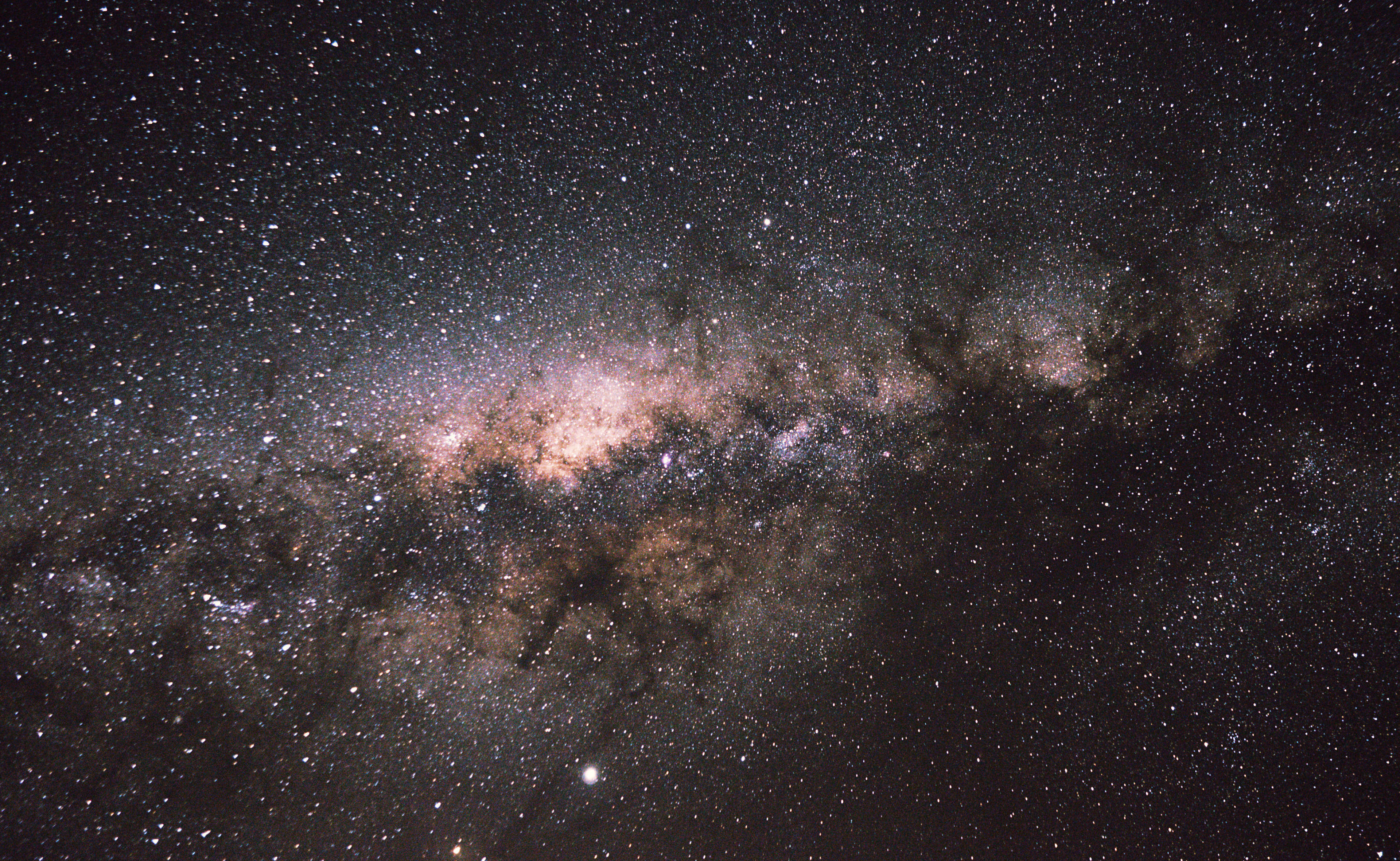
Moon
In astrophotography, the moon often gets in the way due to its incredible brightness that can outshine other astronomical objects. For this reason, I often take photos during new moon or at times when the moon hasn't risen yet or has already set. An exception are images of the moon itself. After all, our natural satellite is of course also a very interesting and beautiful target.
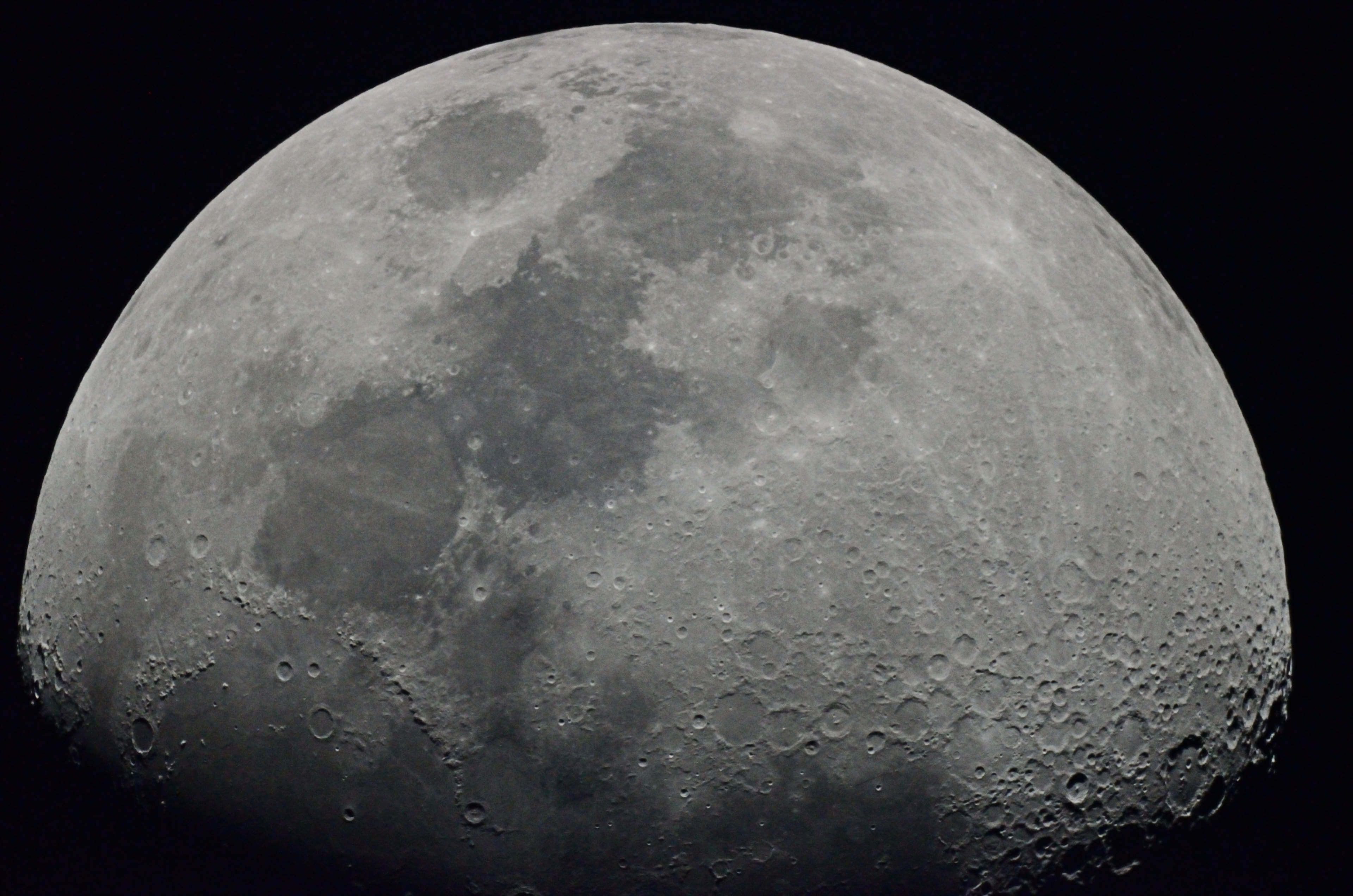
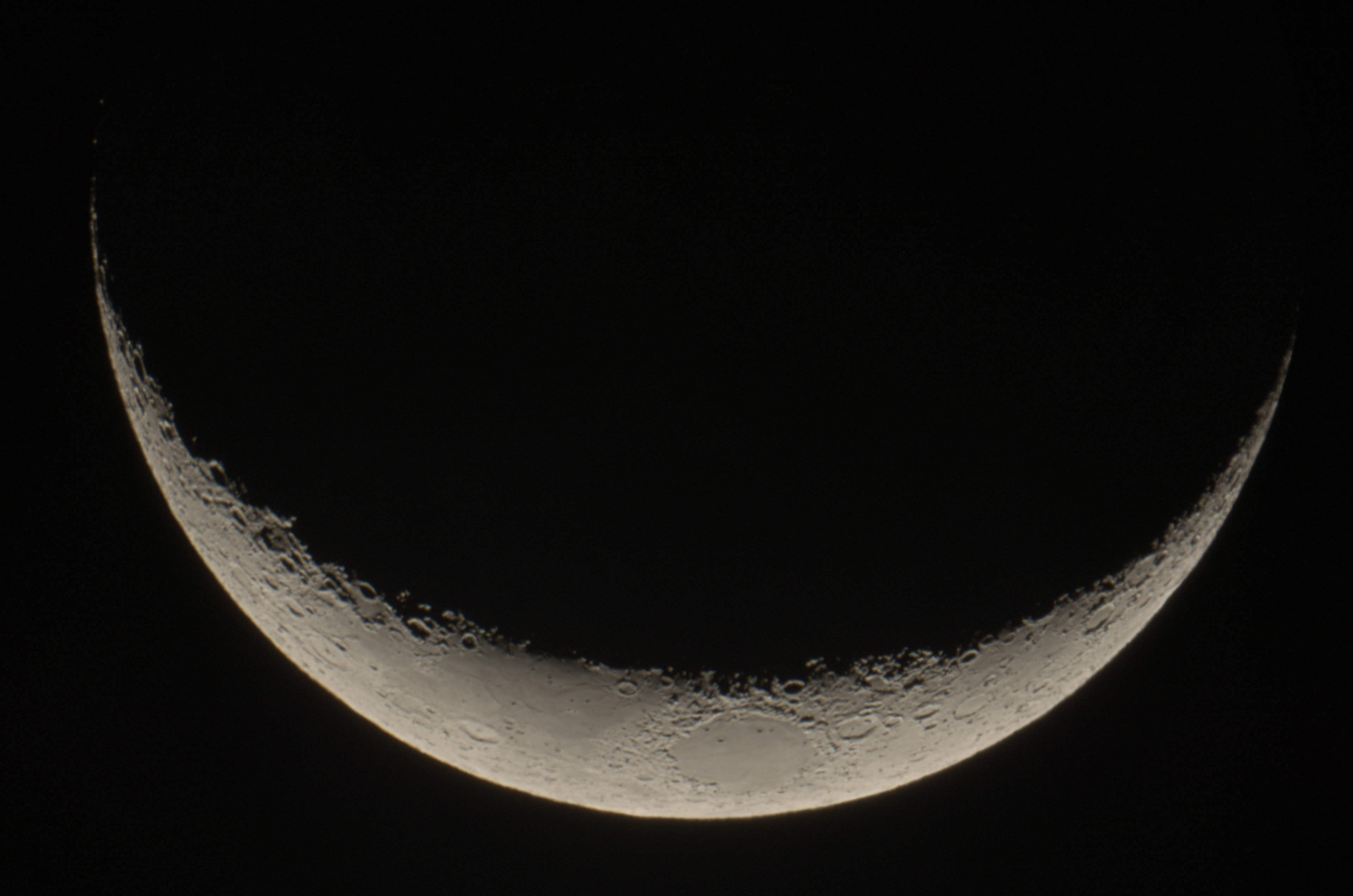

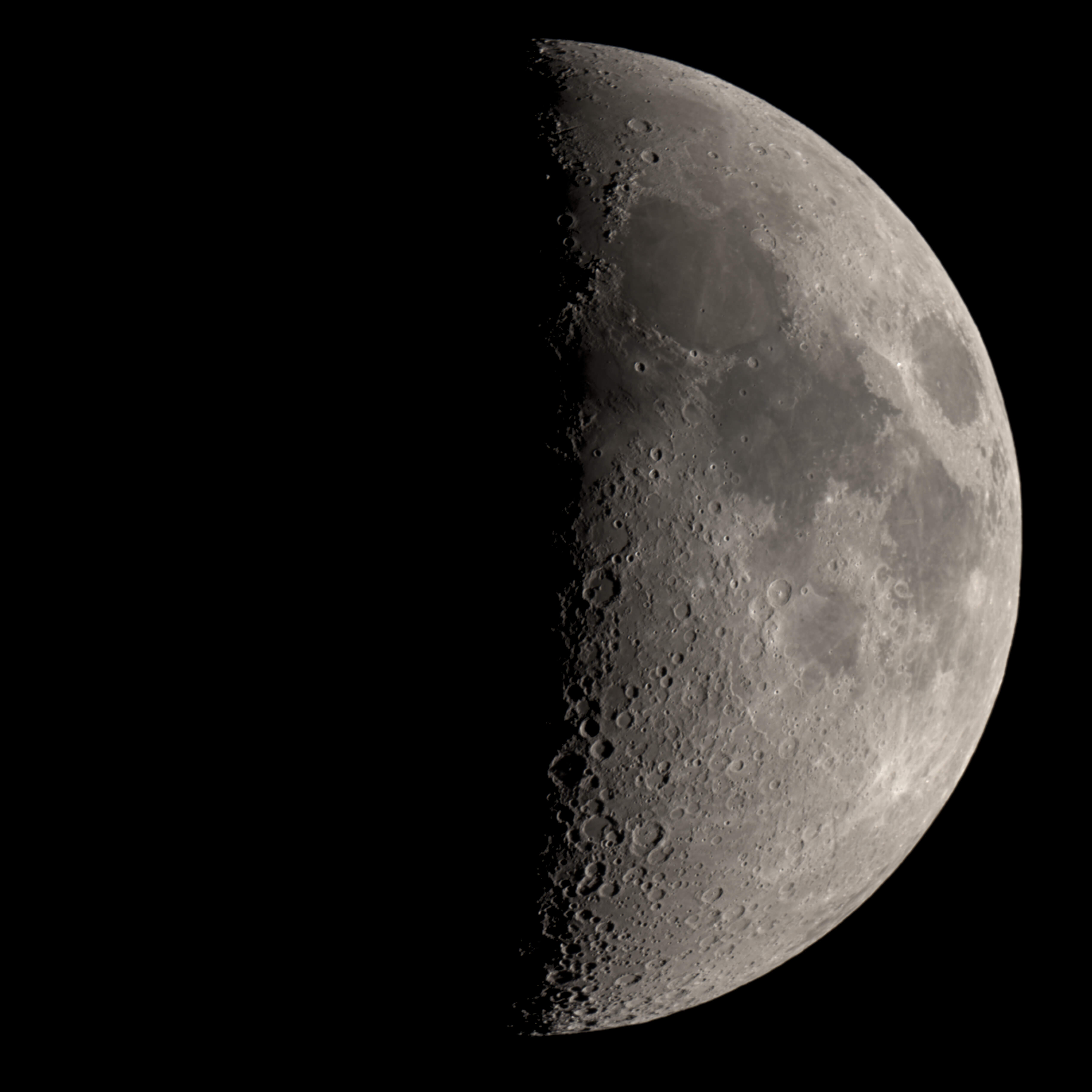
The next image shows the southern lunar highlands. The very prominent and almost perfectly round crater is called Tycho. You can see very faint rays emanating from it on the lunar surface. These rays are formed when material is thrown upwards or some parts of the surface turns to a sort of glass due to extreme heat during the impact of the object that created the crater.
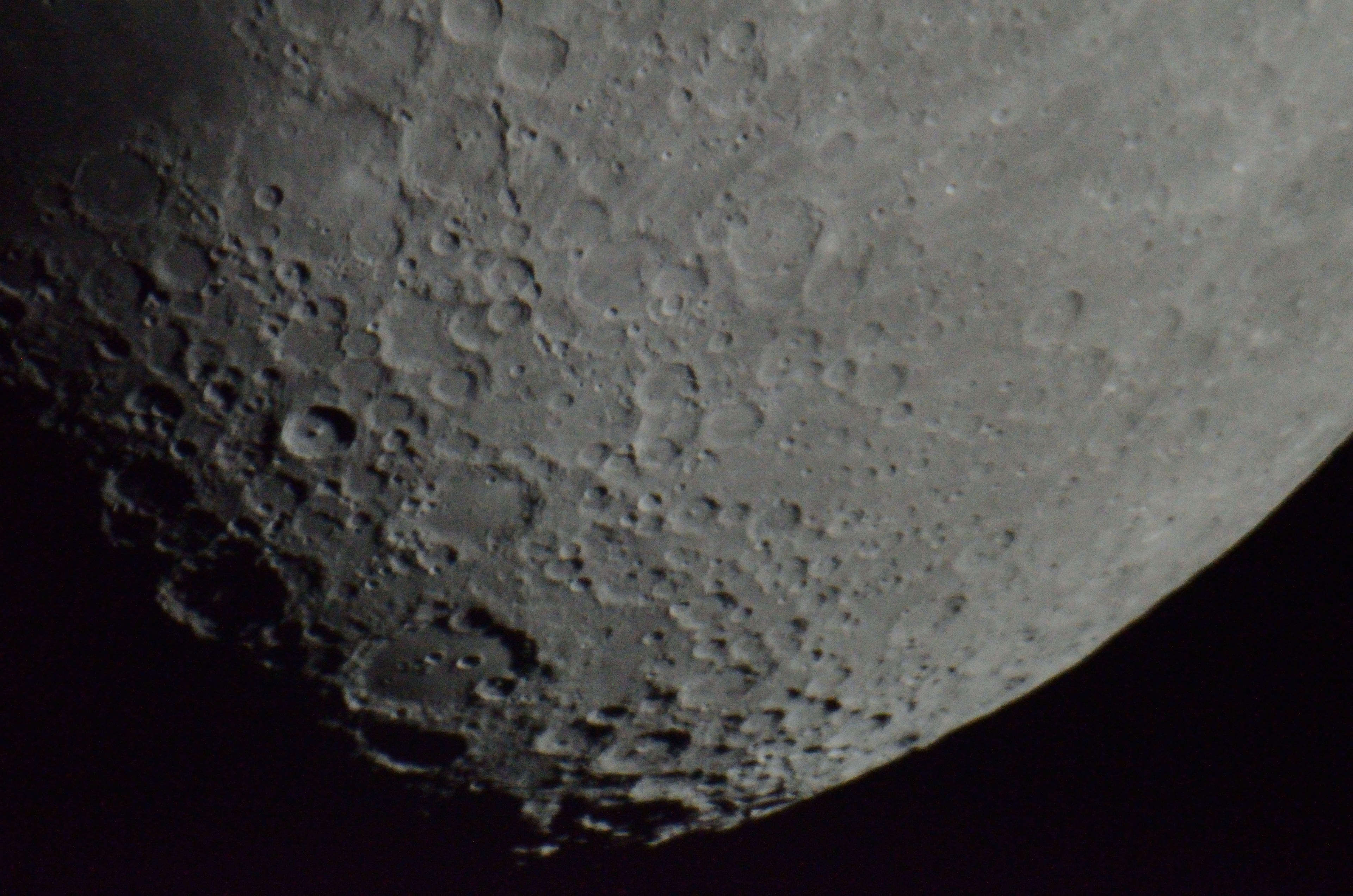
Lunar Eclipse
Lunar eclipses are relatively common phenomena. We observe a total or a partial one roughly every year, when sun, earth and moon align. Earth then casts its shadow on the moon.
The next image shows a partial lunar eclipse. The round shadow of earth is clearly visible. A shadow shaped like that is never achieved during normal moon phases. I took this image trough my small, hand-operated Newtonian telescope.
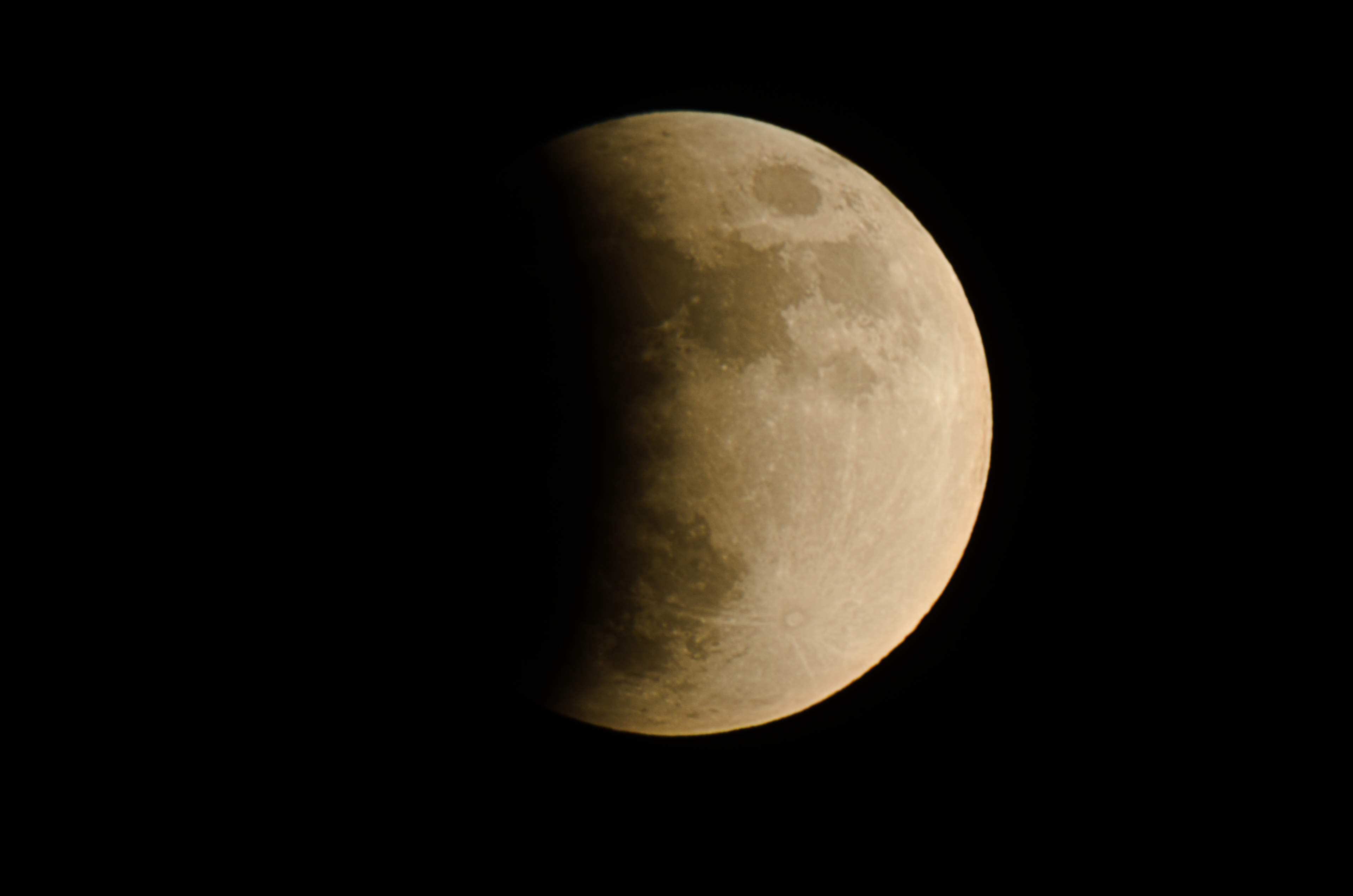
During a total lunar eclipse, we observe the so-called blood moon. The moon is then located in the umbra of earth (its "total shadow"). It is however not plunged into total darkness, as some sunlight is refracted by earth's atmosphere and arrives on the lunar surface. Since blue and green wavelengths are scattered strongly in the atmosphere, the light arriving at the moon is mostly red. This of course leads to the deep red colour of our satellite (hence the name blood moon).
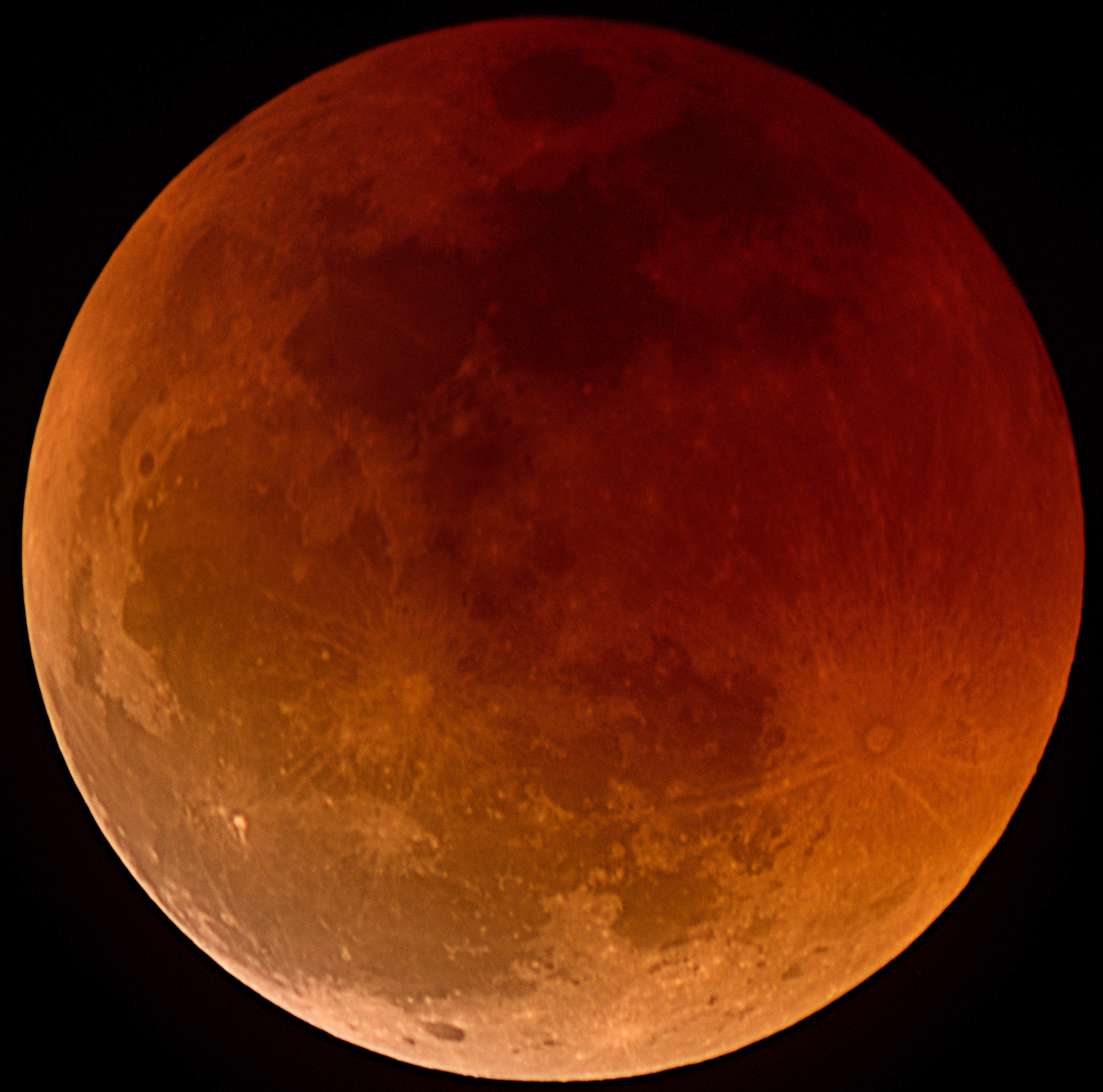
Comet C/2020 F3 Neowise
This is my first attempt at photographing a comet. Since my telescope has a very long focal length, only a very small portion of the tail fits the image.
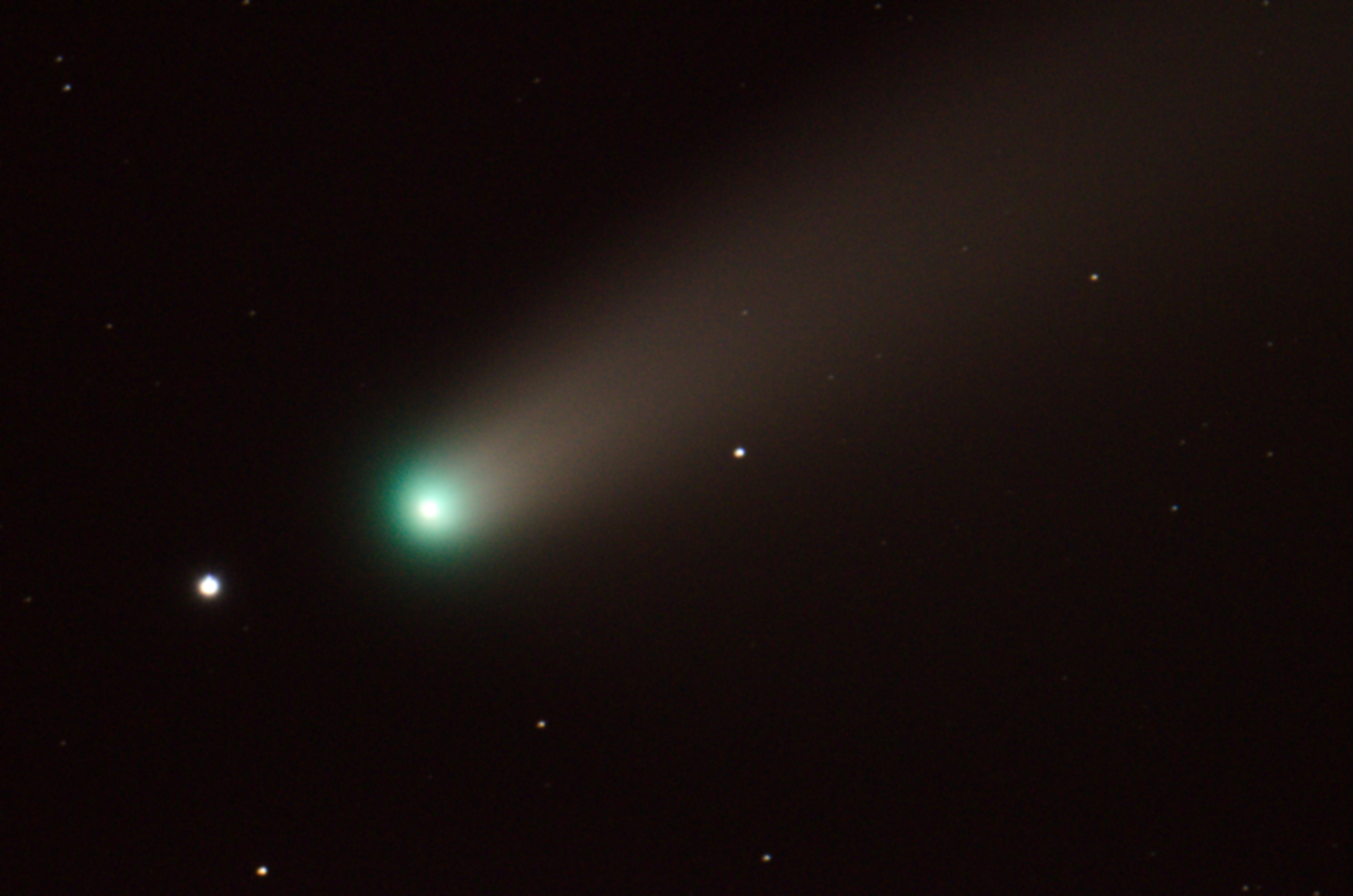
Venus
This is my first more or less successful attempt at photographing our neighbouring planet Venus. Venus is the third brightest object in the sky after the Moon and the Sun. Venus has a very similar size and mass as the earth, but a very different atmosphere: at 92 times the Earth atmospheric pressure at sea level and a temperature of 462°C, it is a very hostile place. Just like the moon, Venus has phases which depend on the relative position of the Sun, Earth and Venus.
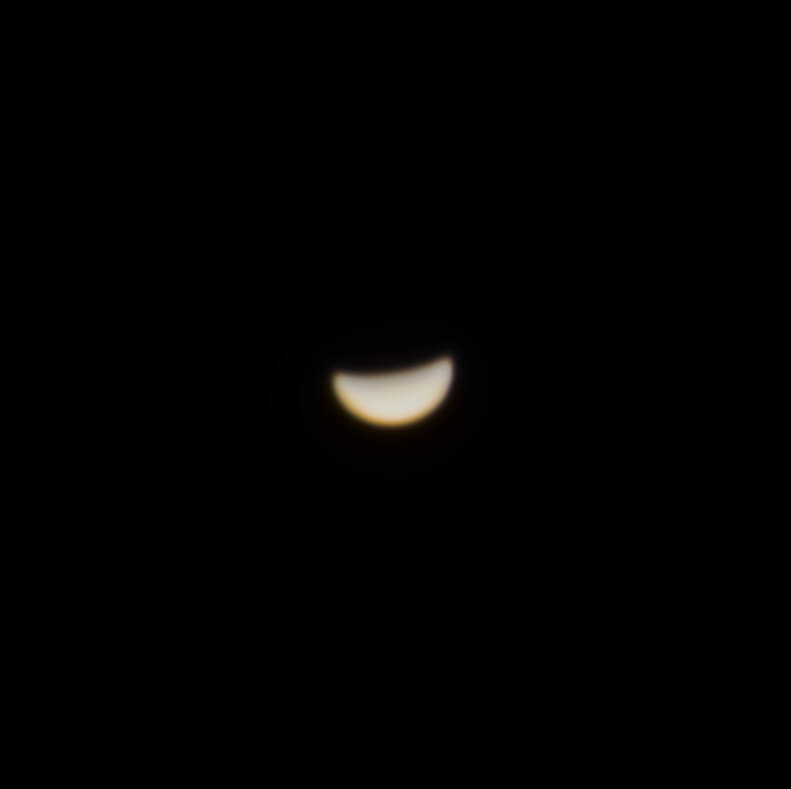
Jupiter
This image was at the same time my first attempt at Jupiter, the solar system’s biggest planet, and the first test of my ZWO ASI 294 MC pro cooled astronomy camera. One can see the moon Ganymede on the right; the black point on Jupiter’s surface is the shadow of Ganymede.
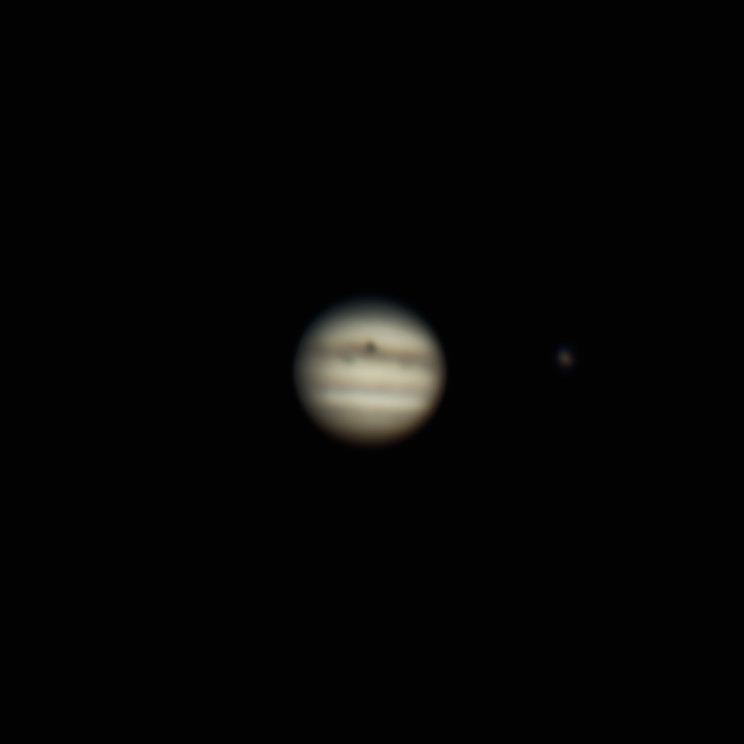
Saturn
My first image of Saturn, the ring planet. We can see the shadow Saturn throws on its rings. Also, we can make out the Cassini division as a dark band in the rings.
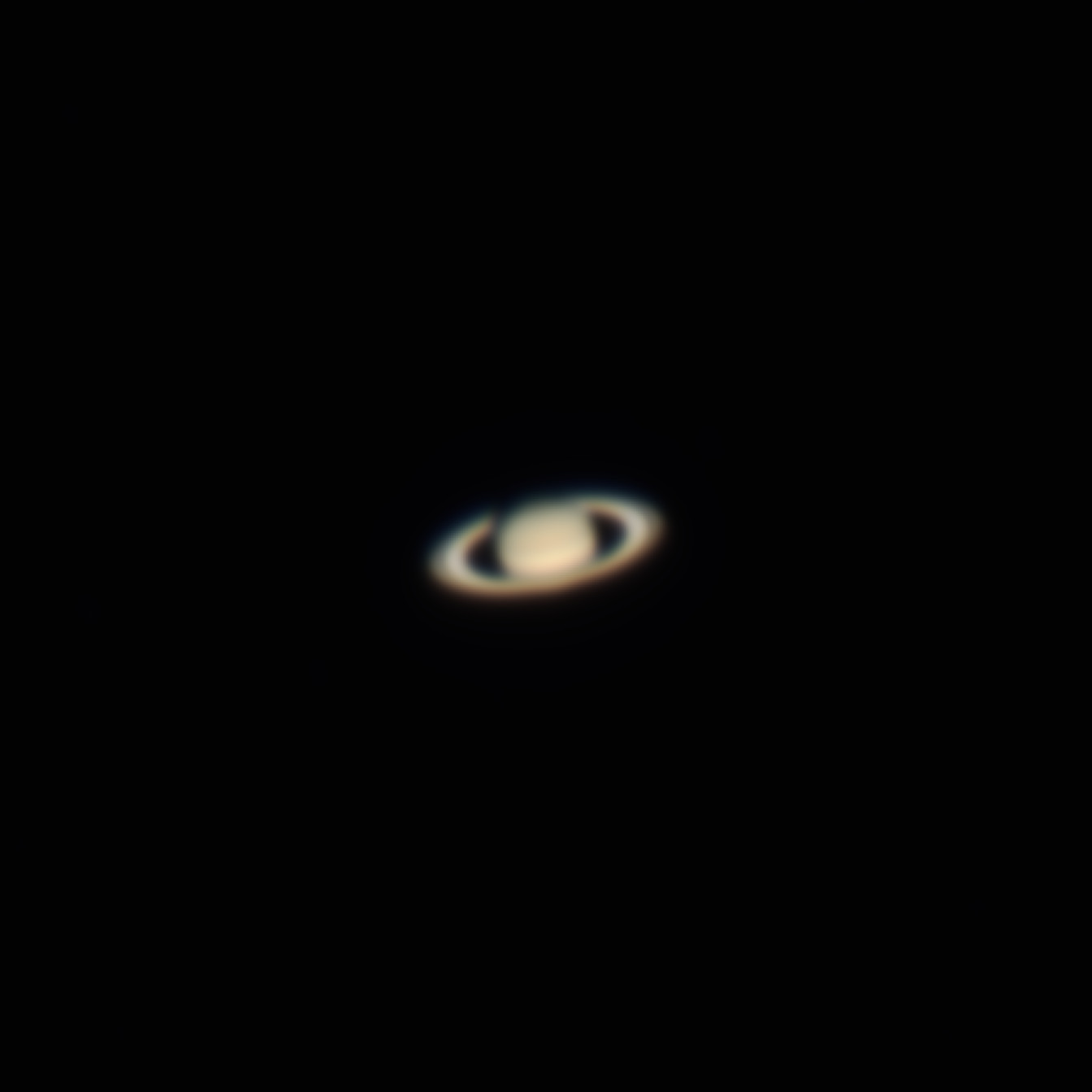
Double Star Albireo
Albireo is a double star in the constellation of Cygnus. The red giant and the blue main-sequence star probably don't form a single star system, but only appear close to each other as seen from earth.
I took a total of 50 30s-exposures. Sadly, I could only use half of them due to star trails. I also lost some of the star's colours in overexposure.
Despite these problems, you can still see the two stars very clearly. Also, a myriad of smaller stars, invisible to the naked eye, become apparent.
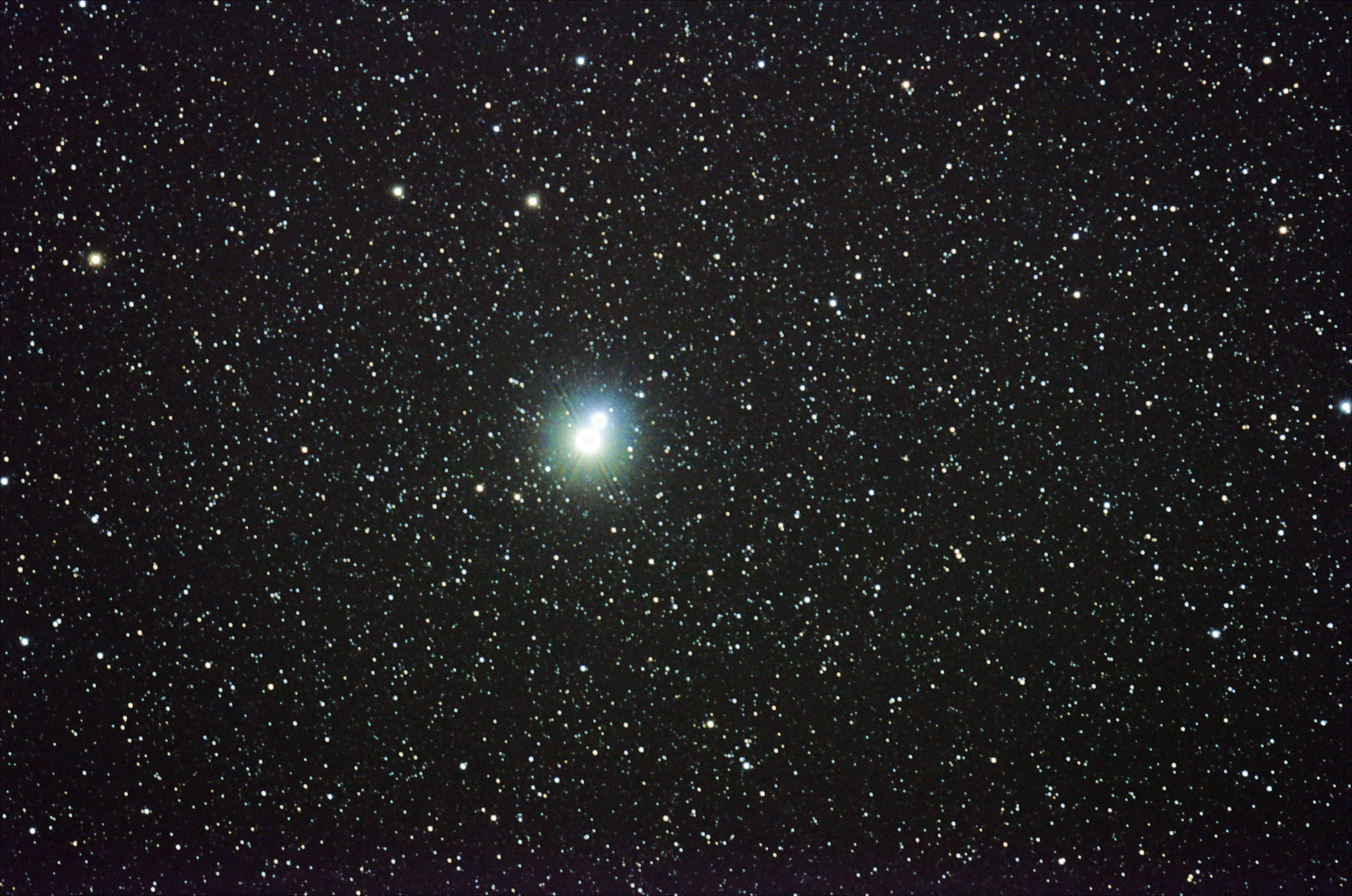
Altair
Altair is the brightest star in the constellation Aquilla. It is a typical main-sequence star.
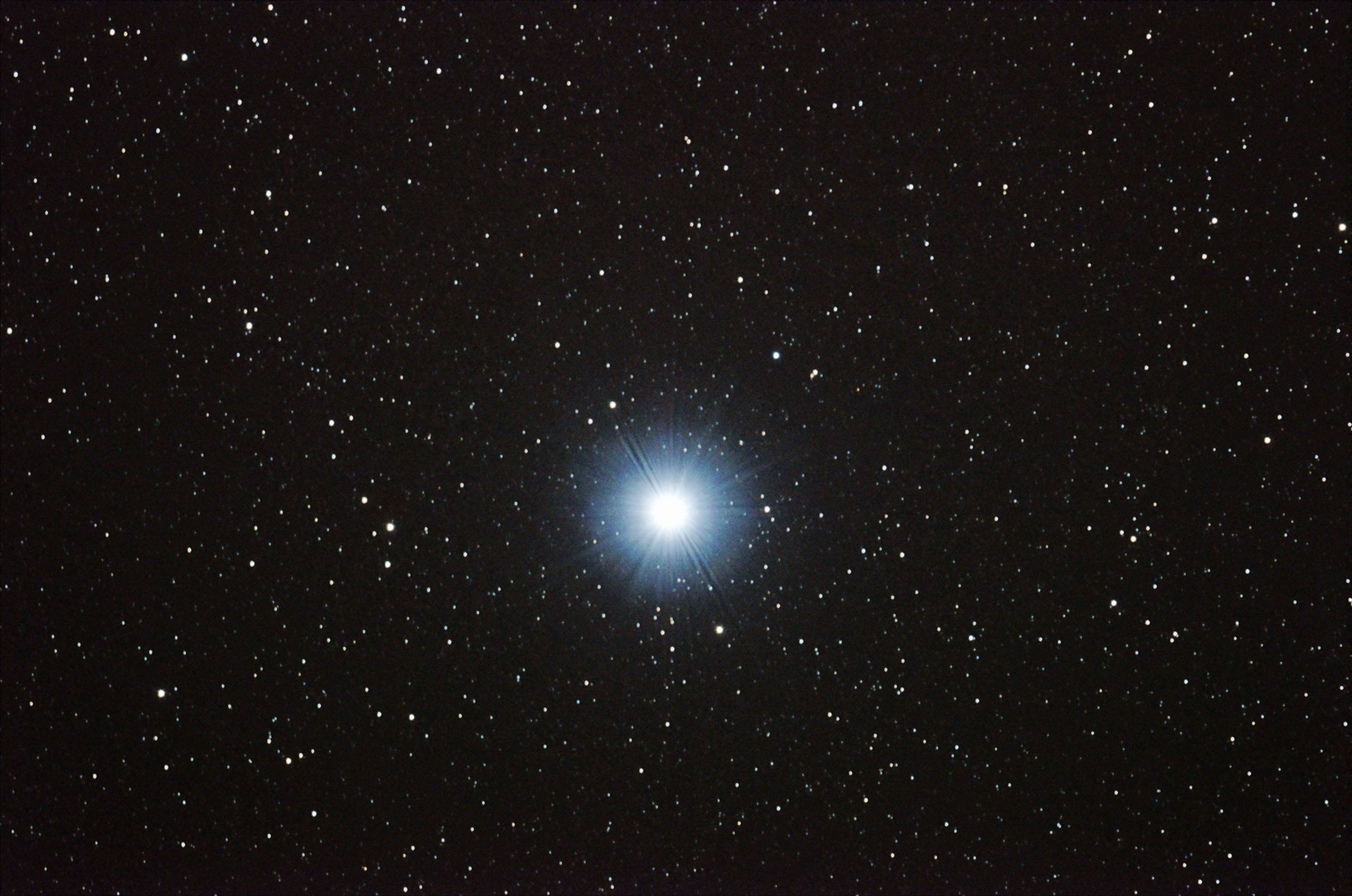
M13 - Hercules Globular Cluster
Messier 13 is a globular star cluster in the constellation of Hercules. It is one of the brightest star clusters on the northern sky. 1974, the Arecibo radio message was sent from earth towards M13 to contact potential extra-terrestrial civilisations in the cluster. The message will take roughly 22,000 years to reach its destination.

M92
M92 is another globular cluster in Hercules. This photo was quite a mess: I took three different series of images, as problems kept popping up. I don't remember the exact number of images used for the final image, probably a similar amount as for the image of m13.
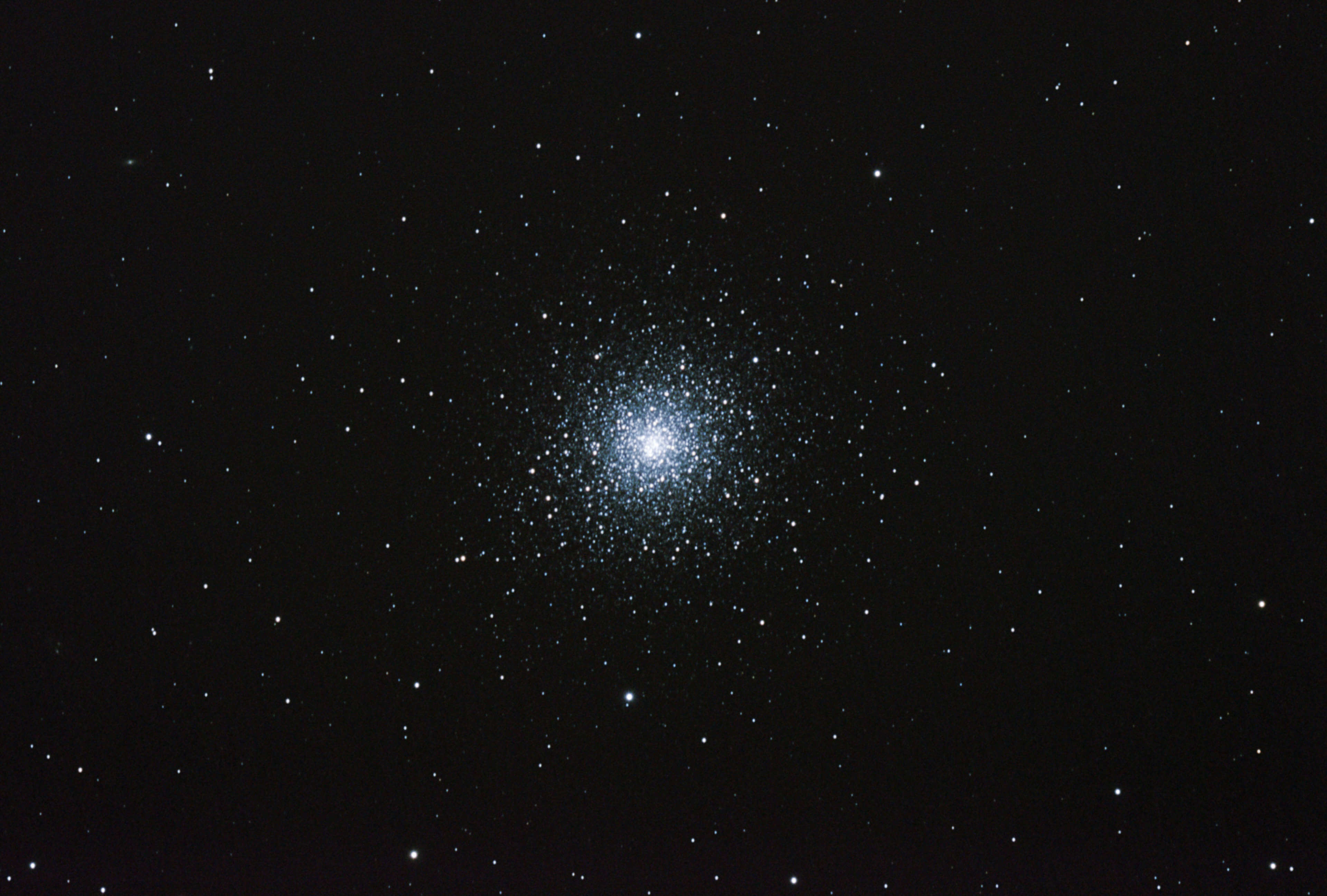
M71
M71 is a loose globular star cluster in the constellation Sagitta. It was discovered in 1745 by the Swiss astronomer Philippe Loys de Chéseaux. This is one of the first images I took with longer exposer times.
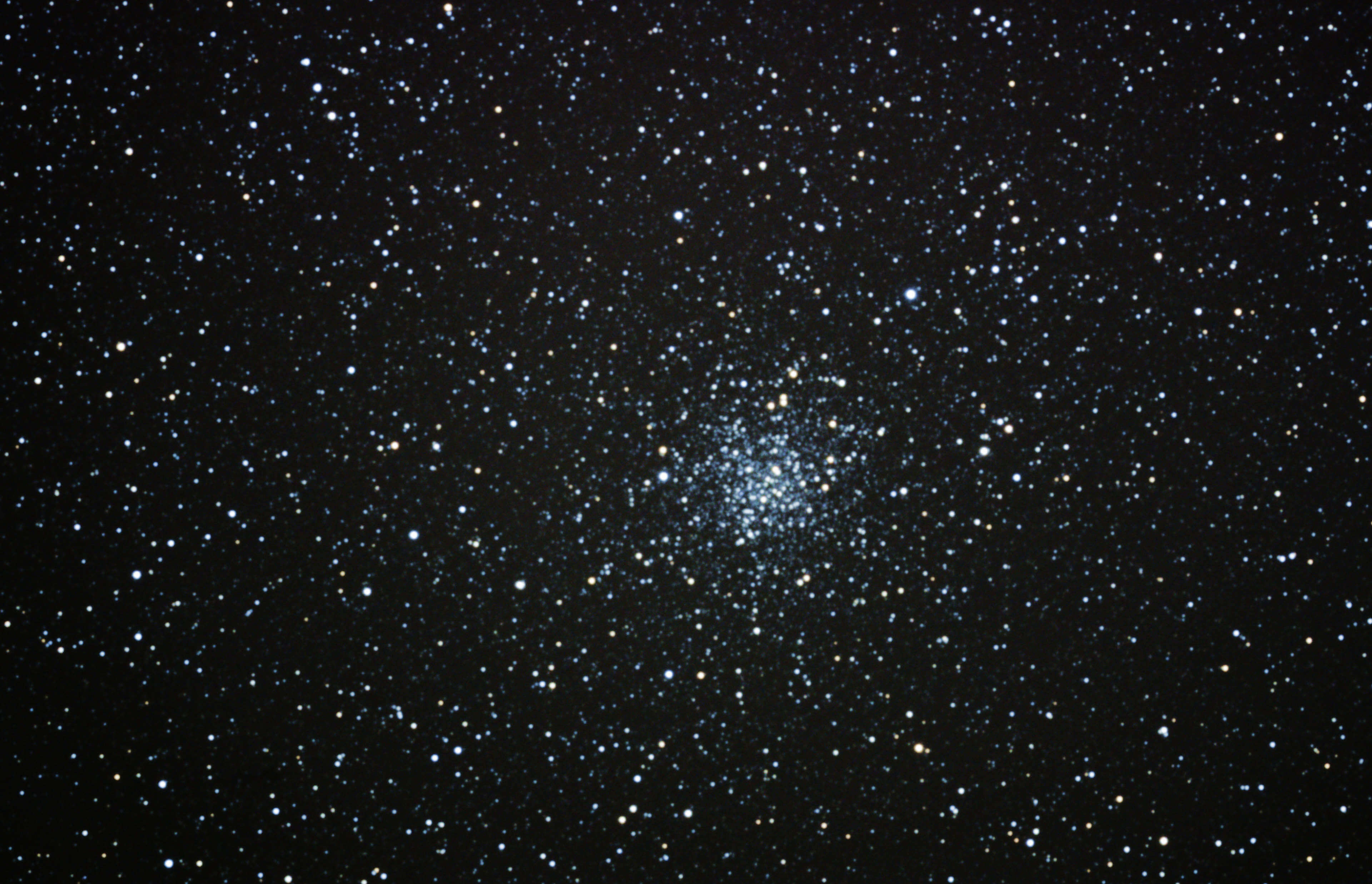
Barnard 33 - Horsehead Nebula
The horsehead nebula is an absorption nebula in the belt of Orion. It is probably one of the most iconic deep sky objects, due to its recognizable shape (where it also gets its name). The bright streak on the left is probably due to the star Alnitak just out of frame. On the bottom left, we can also see the emission and reflection nebula NGC 2023.
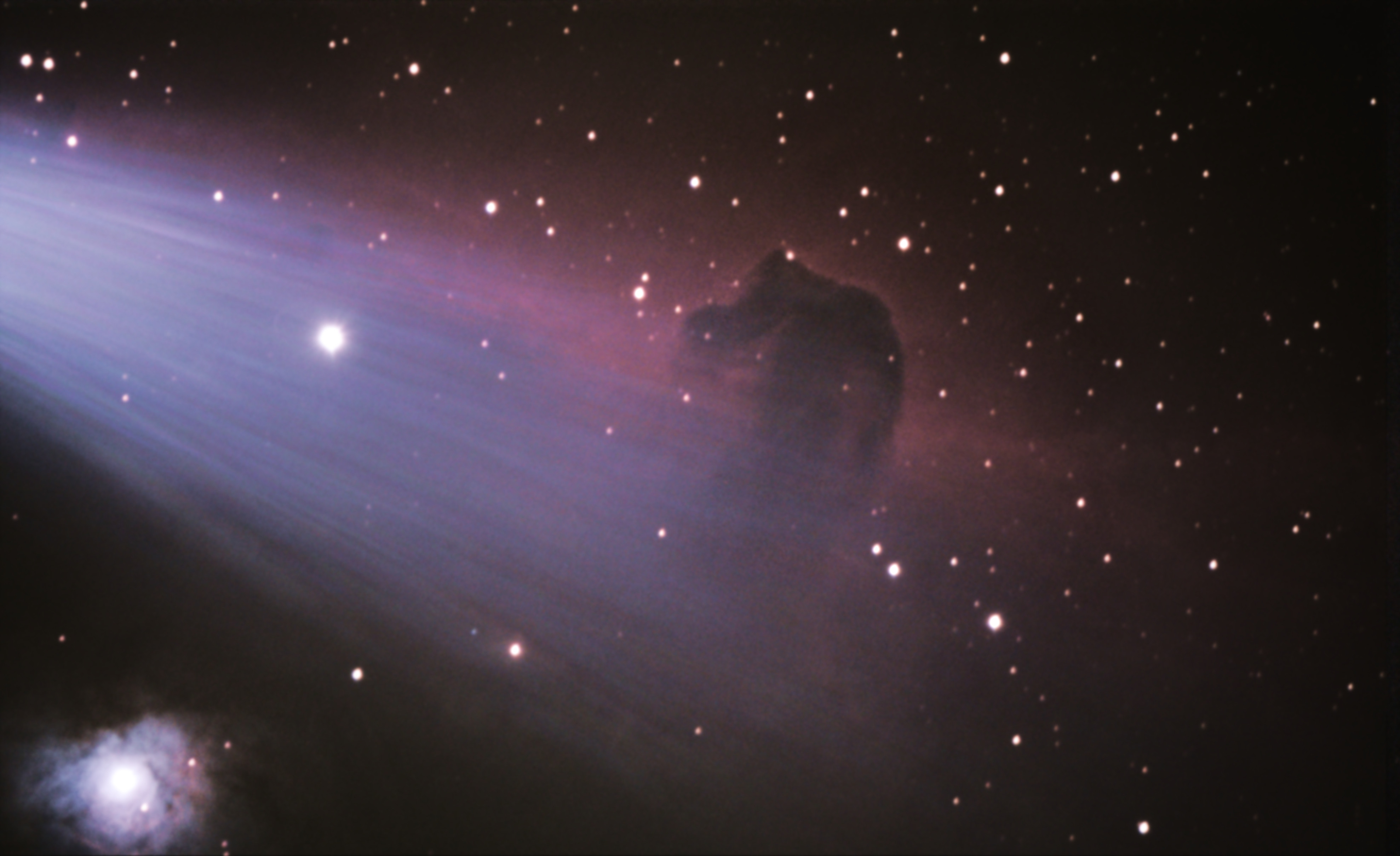
IC 405 - Flaming Star Nebula
The flaming star nebula is a reflection and emission nebula. This means that it reflects the light of stars but also emits its own light. Fotographed with the help of Anna Bickel.

M1 - Crab Nebula
The crab nebula is one of the most prominent supernova remnants in the night sky. The supernova was recent: Chinese historical reports talk of a sudden appearance of a very bright star in the year 1054. We now know that this was the explosion of M1. At the time it was so bright that it could even be seen during daytime. Since then, the explosion has dimmed significantly, leaving behind the rather faint crab nebula.
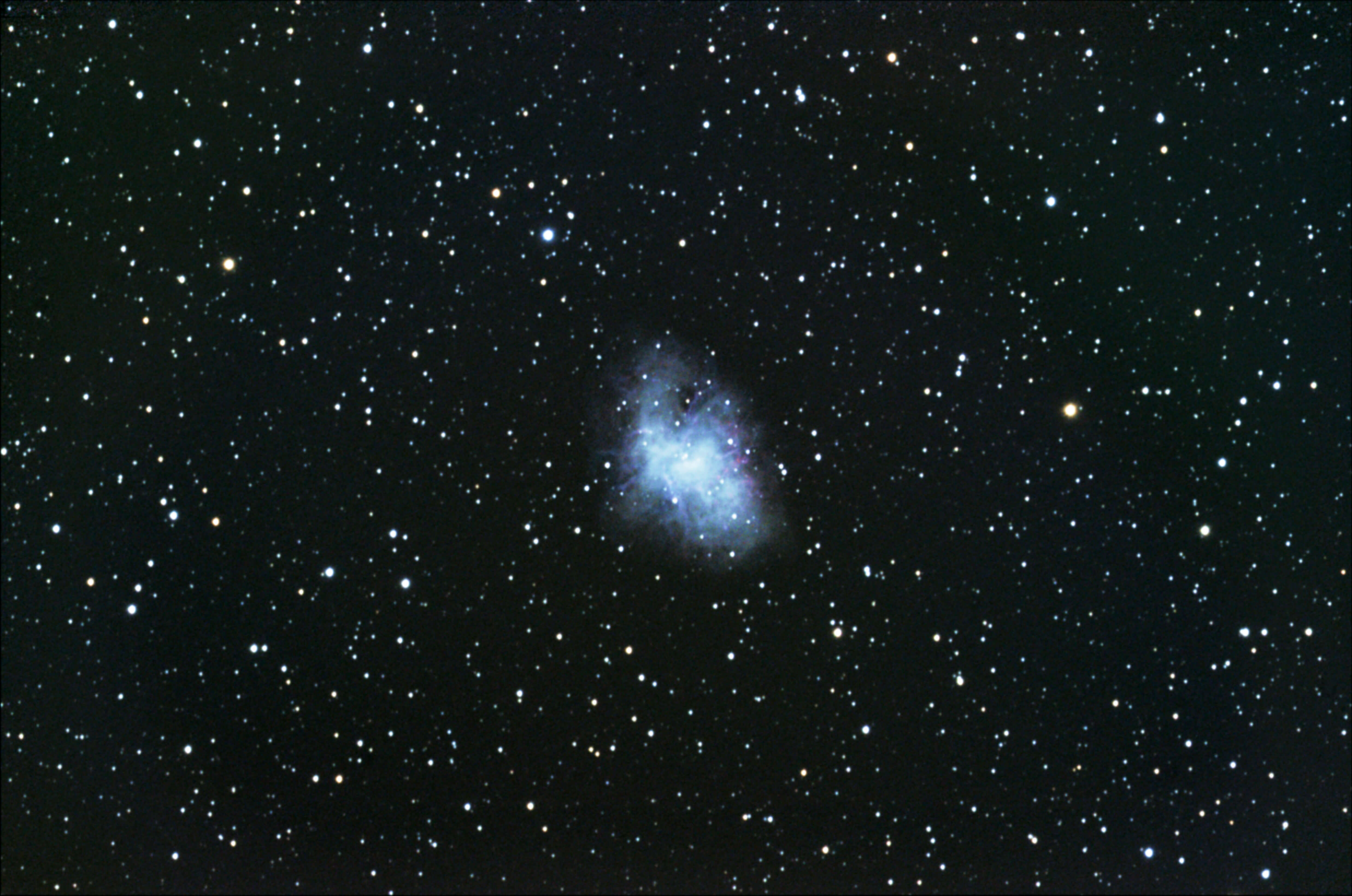
M17 - Omega Nebula
The Omega nebula is an emission nebula in the constellation Sagittarius. An emission nebula is a cloud of interstellar gas that emits its own light. M17 has the shape of the Greek uppercase letter Ω. Sadly, this shape can mostly be seen in infrared images and not on this one.
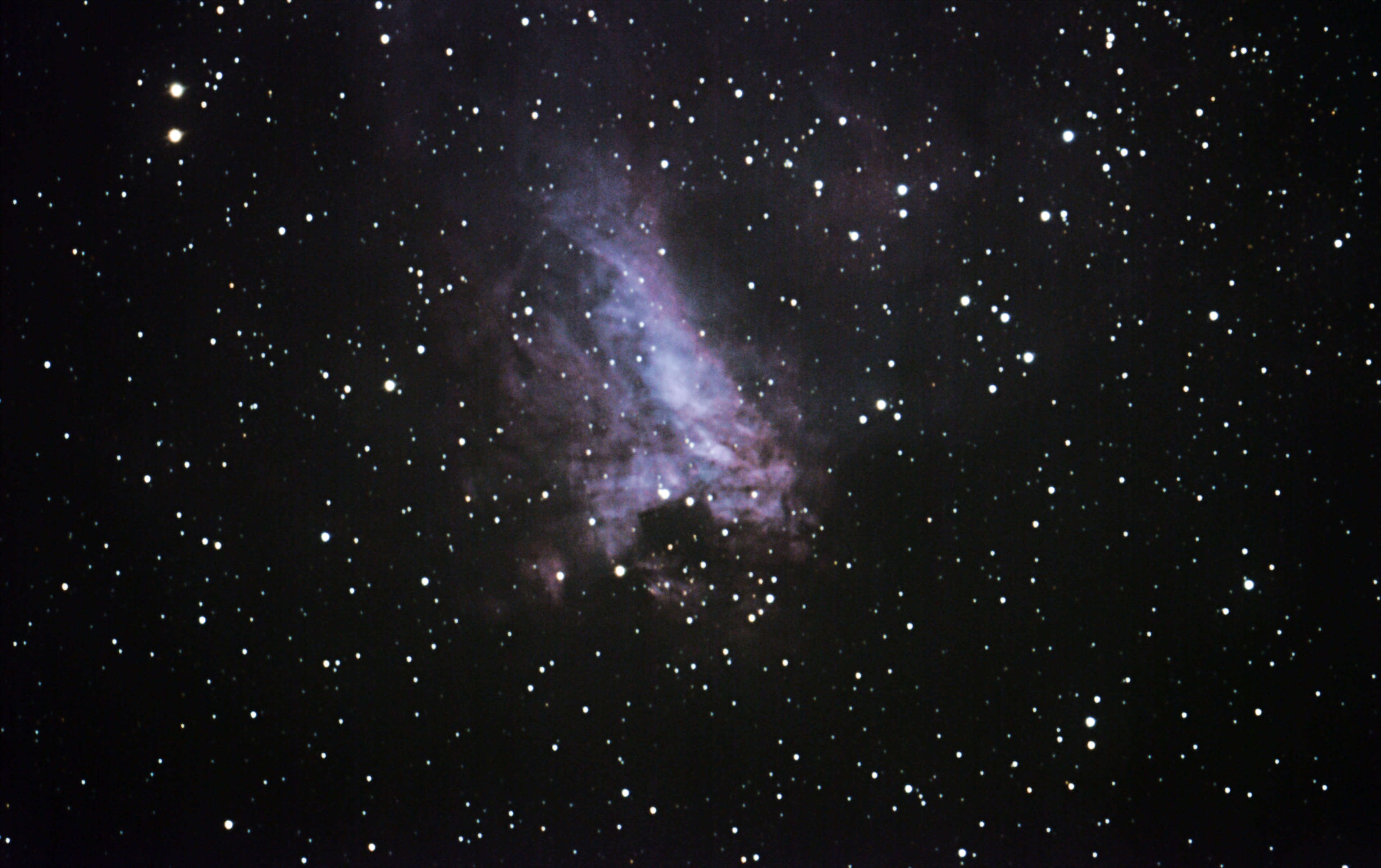
M20 - Trifid Nebula
M20 is simultaneously an emission and reflexion nebula. That is, it also scatters light from neighbouring stars, which contributes to its appearance. M20 is located in the constellation Sagittarius. As seen from my back yard, it only just rises over the roof of my neighbour's house. It was therefore not so easy to take a picture of it.
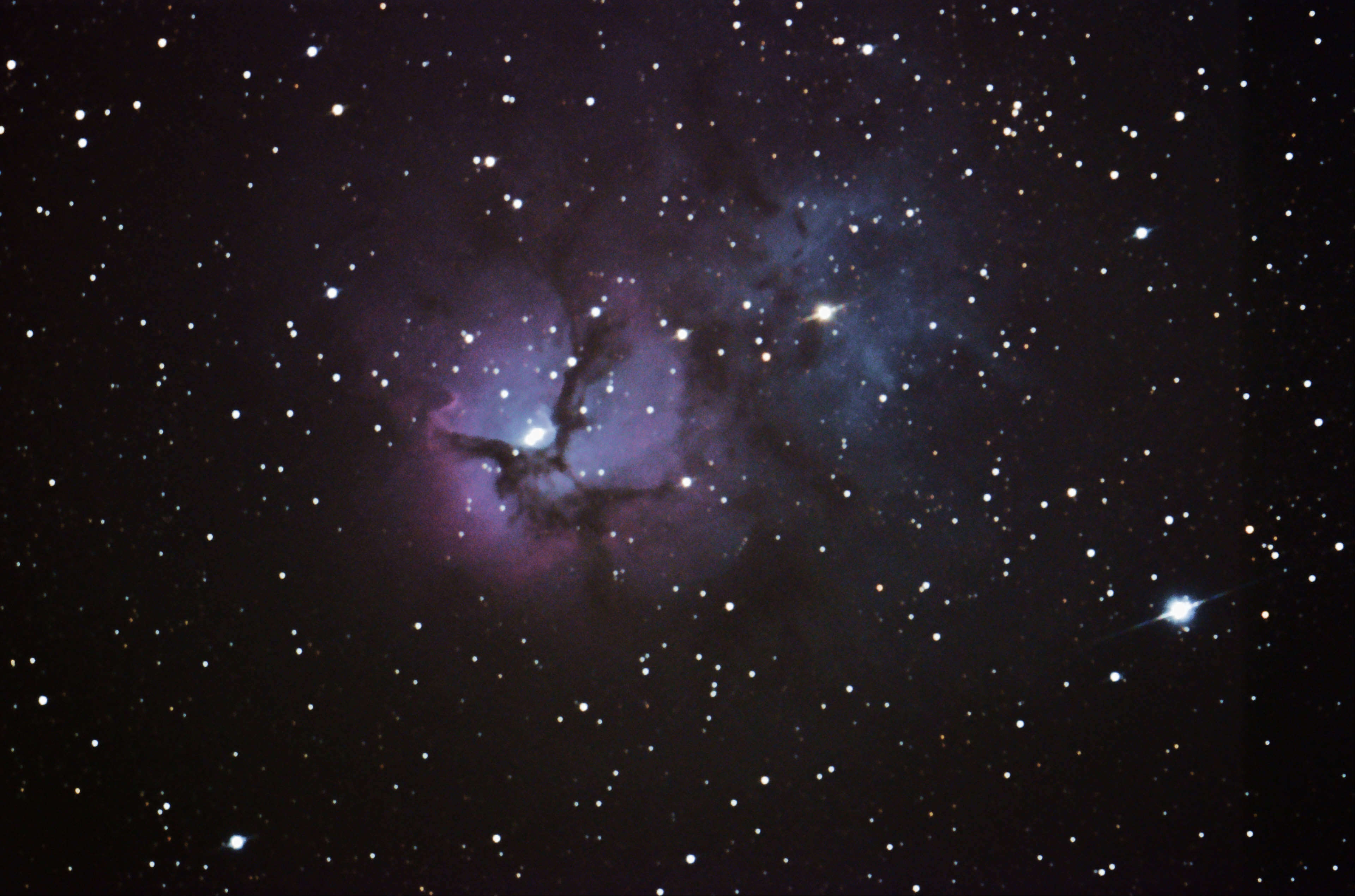
M27 - Dumbbell Nebula
The Dumbbell nebula is a planetary nebula (which has nothing to do with planets) in the constellation Vulpecula. M27 is the cast-off outer layers of a dead star, whose core is still visible as a white dwarf in the centre of the nebula. This is already my fourth and currently best rendering of the Dumbbell nebula.
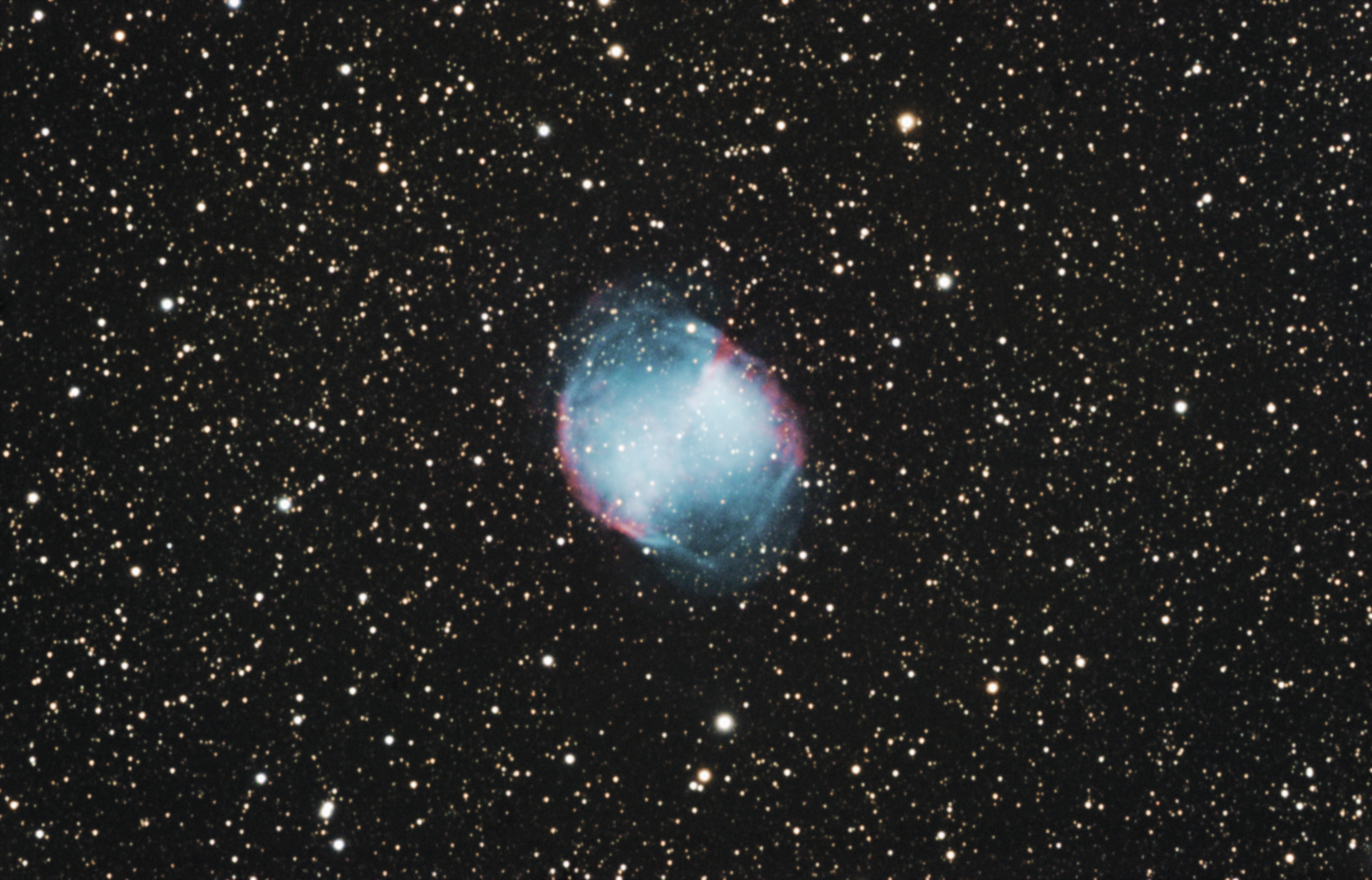
M42 - Orion Nebula
The Orion nebula is relatively large and bright, which makes it visible for the naked eye. It was one of the first objects I photographed. After a long break from astrophotography, I returned to it in early 2023 together with my girlfriend Anna Bickel.
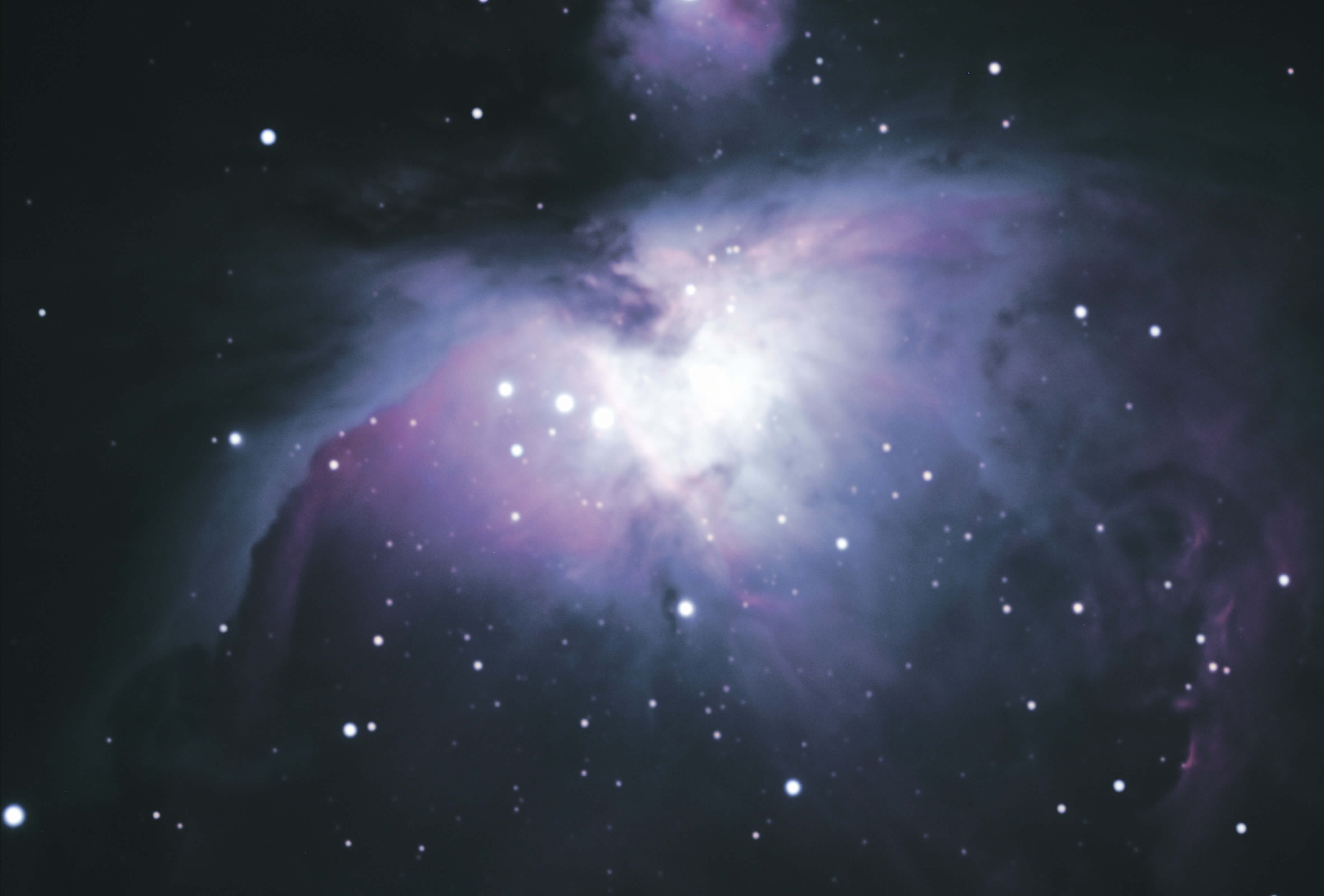
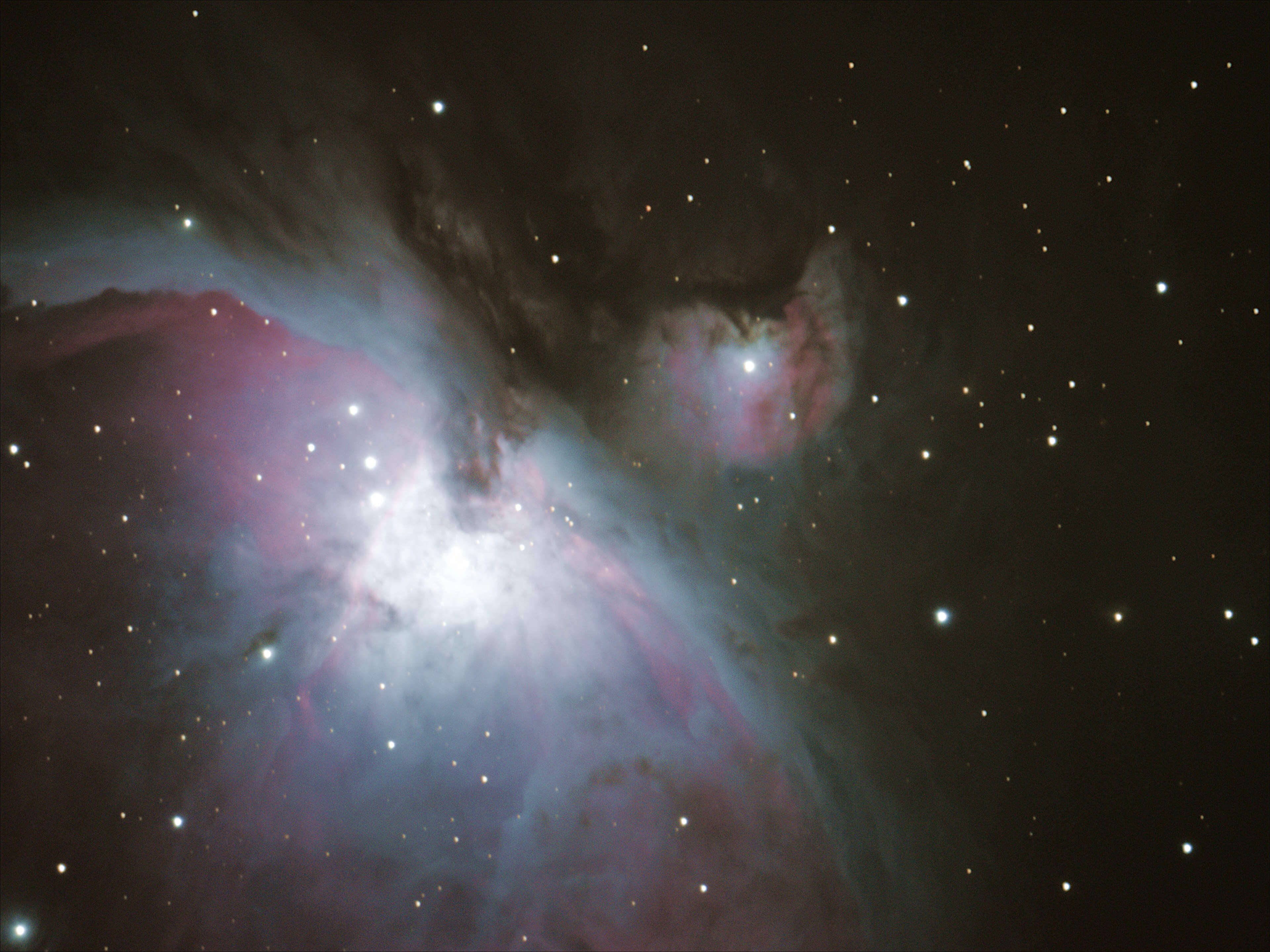
The next image is a "piggyback" image: Instead of photographing trough the telescope, I mounted the camera on top of the telescope with its own lens to only make use of the tracking mount.
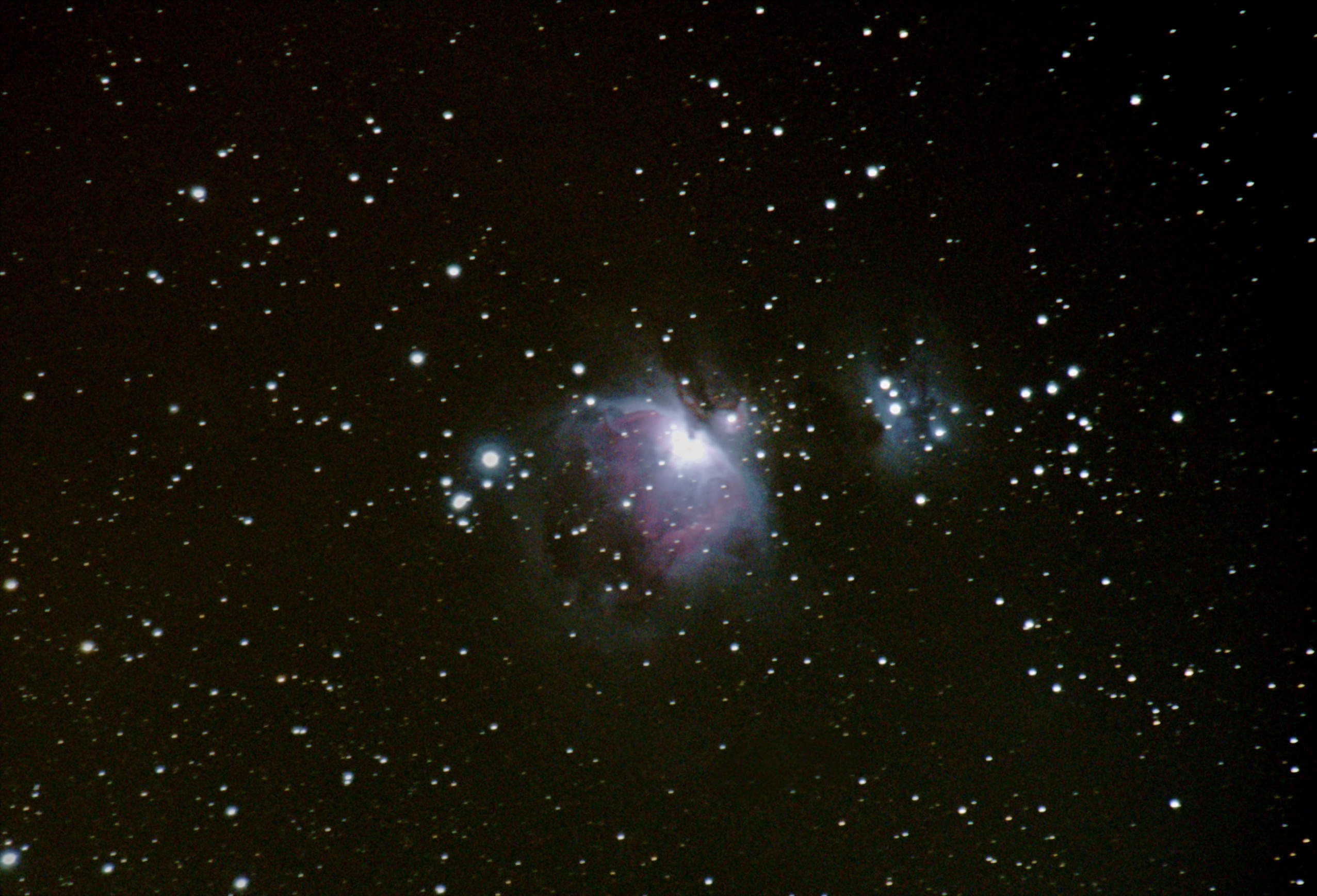
M57 - Ring Nebula
M57 is a planetary nebula in the constellation Lyra. Like M27, it really is the remains of a star that has shed its outer layers and remains as a white dwarf.
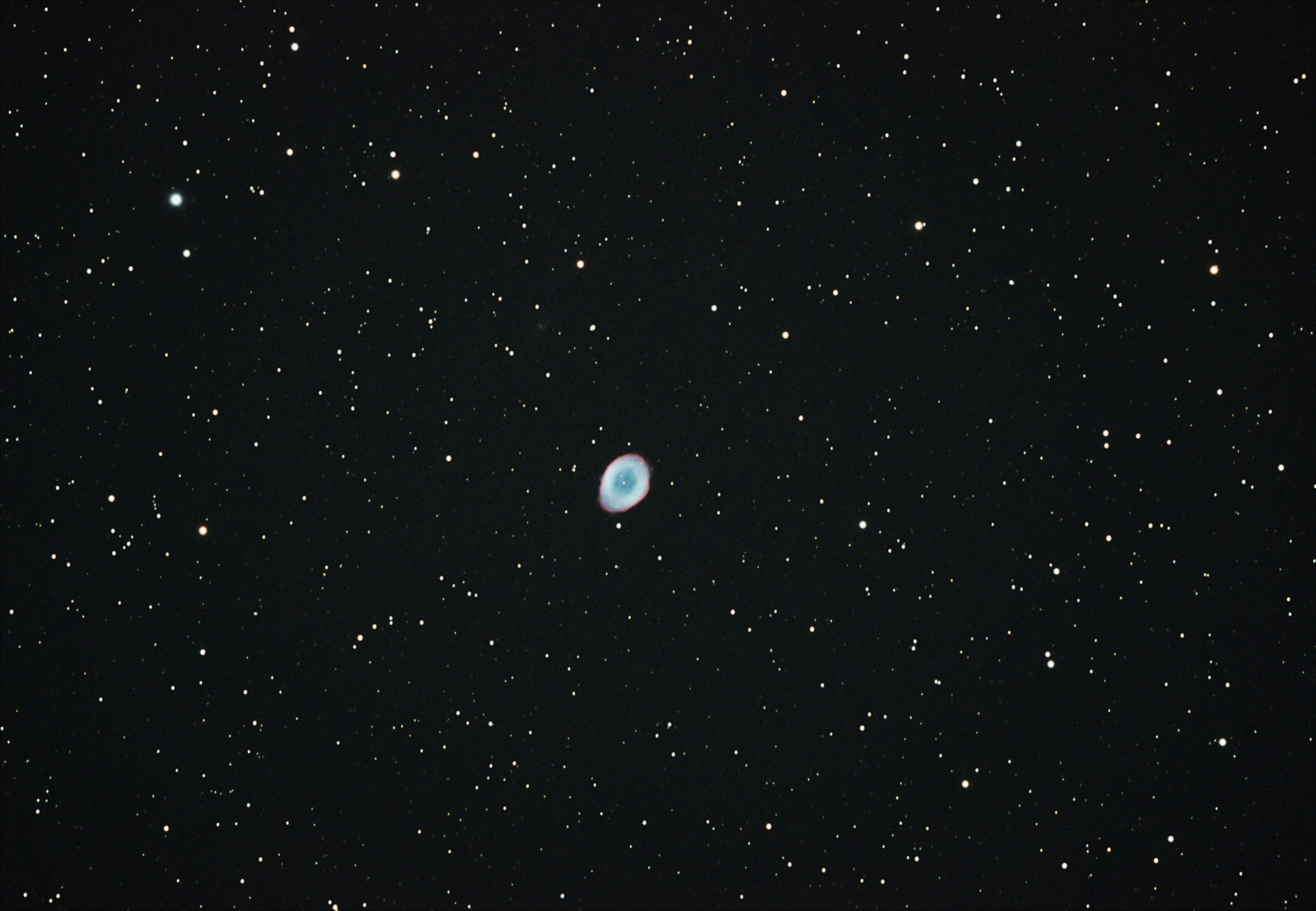
NGC 2264 - Cone Nebula and Christmas Tree Cluster
The cone nebula is an H-II region, that is a region of ionized hydrogen. It is visible as a dark cone in the right part of the image. The visible bright stars belong to the Christmas tree cluster. Fotographed with help from Anna Bickel.
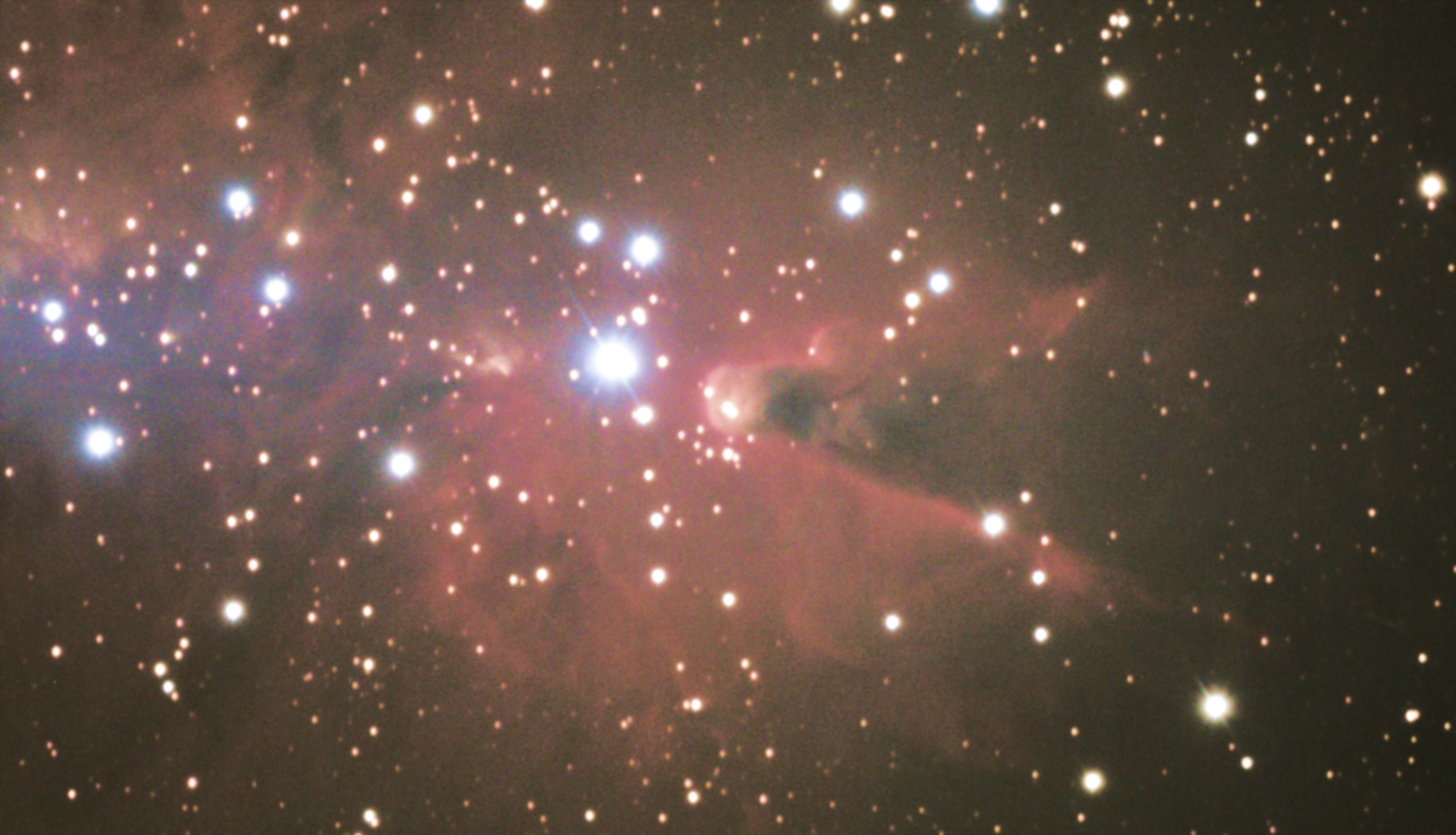
Sh2-279 - Running Man Nebula
Sharpless 279 is a nebula in the constellation of Orion, not far from the great Orion nebula. Due to its shape, it is also known as the running man nebula.
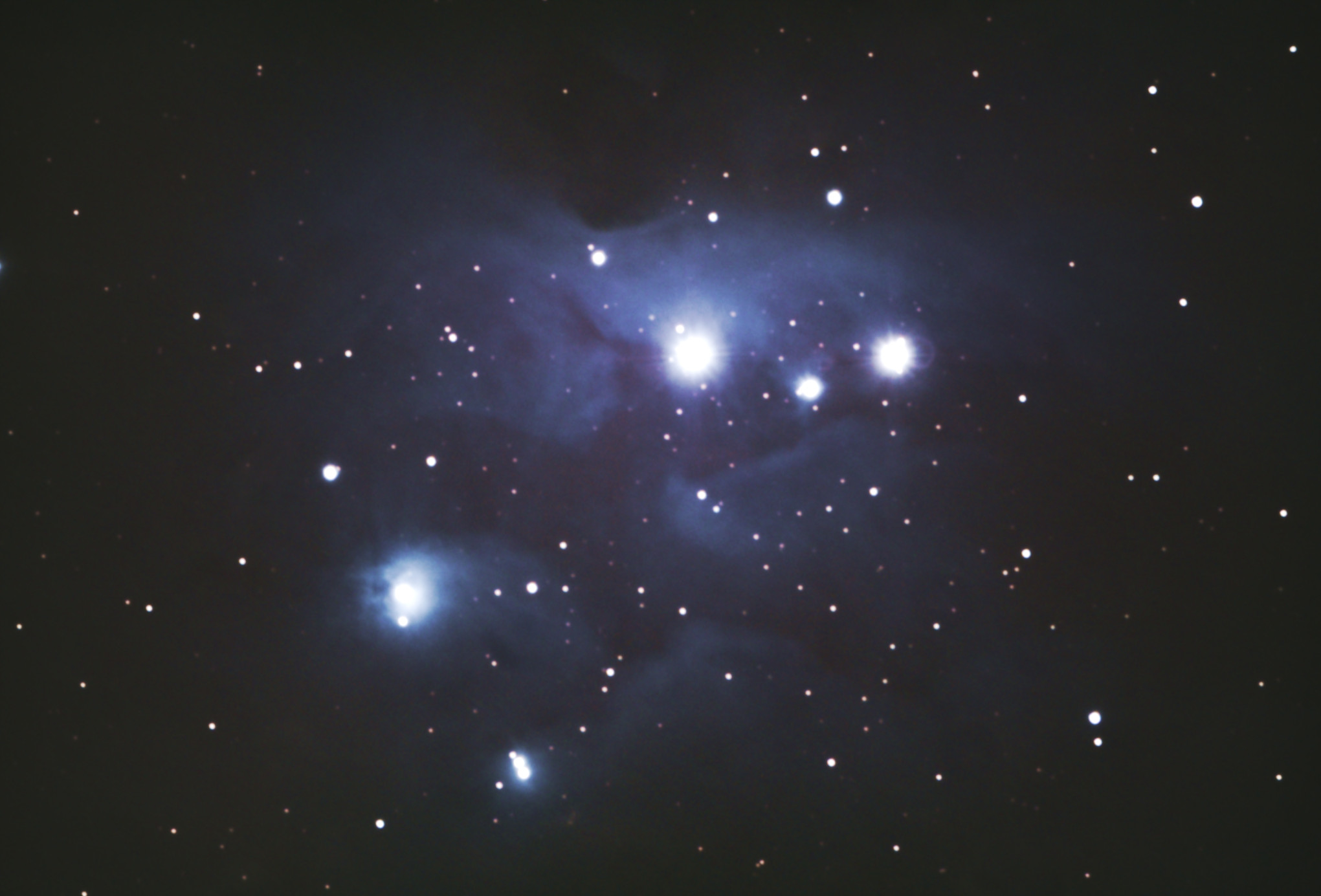
Magellanic Clouds
At Paranal I saw the southern night sky for the first time. Of course, I tried capturing both Magellanic Clouds. These are two dwarf galaxies close to our own galaxy. They are only visible on the southern hemisphere and close to the equator.
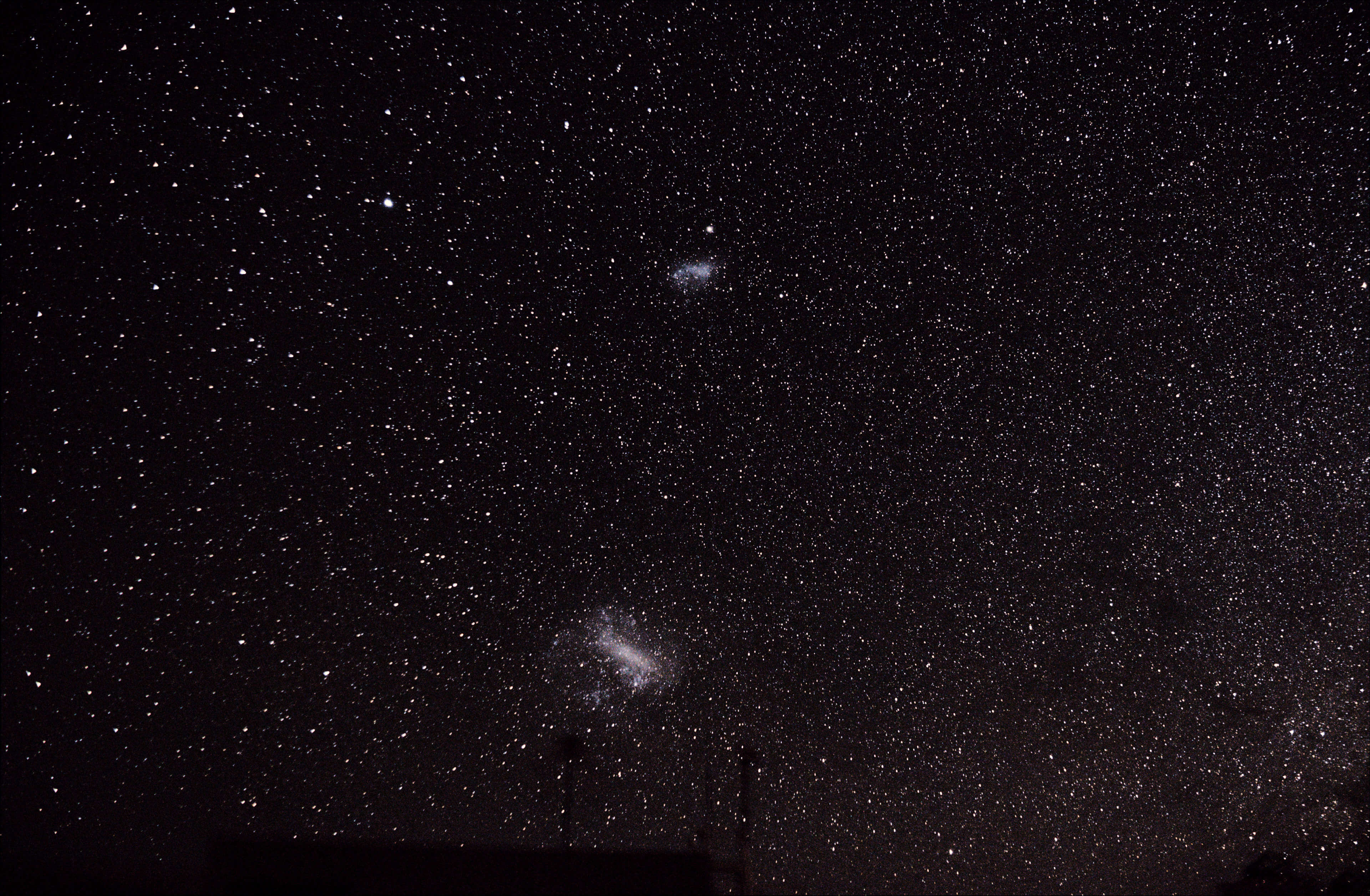
M31 - Andromeda Galaxy
M31 is a spiral galaxy, located roughly 2.5 million lightyears from our own galaxy. M31 subtends around five times more sky area than the full moon. The galaxy is however much fainter than the stars of our own galaxy and we can only see a very small part of its centre by naked eye.
The Andromeda galaxy was also the first object I tried to photograph. The following picture is not my first photo of the galaxy, but the first to not be entirely awful. Since I didn't have any motorized mount, I could only take very short exposures, drastically limiting my picture quality.
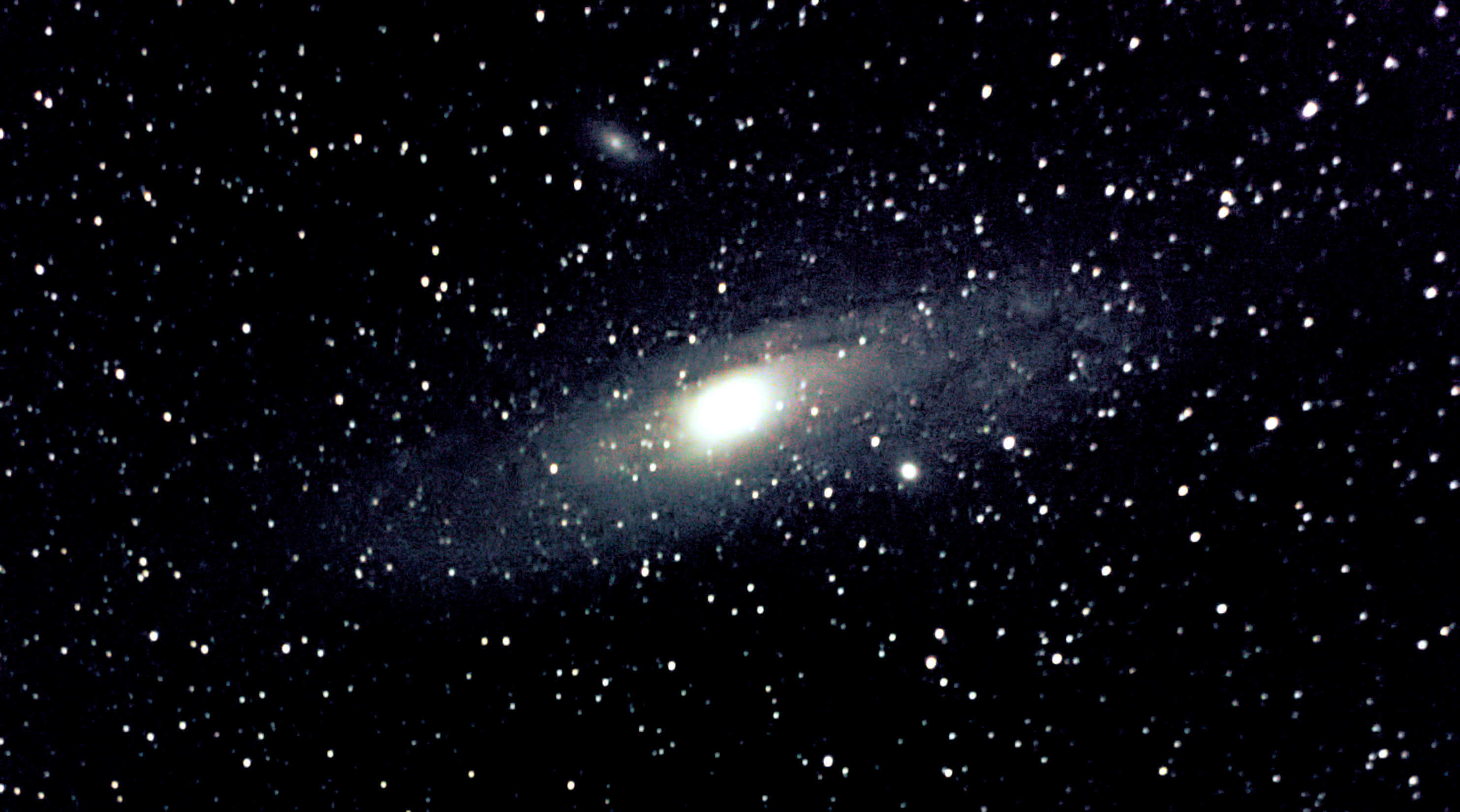
The next image shows the centre of the galaxy through my Celestron EdgeHD 925 telescope. The dark dust bands are clearly visible. Due to its size on the sky, M31 does not fit on the sensor of my camera.
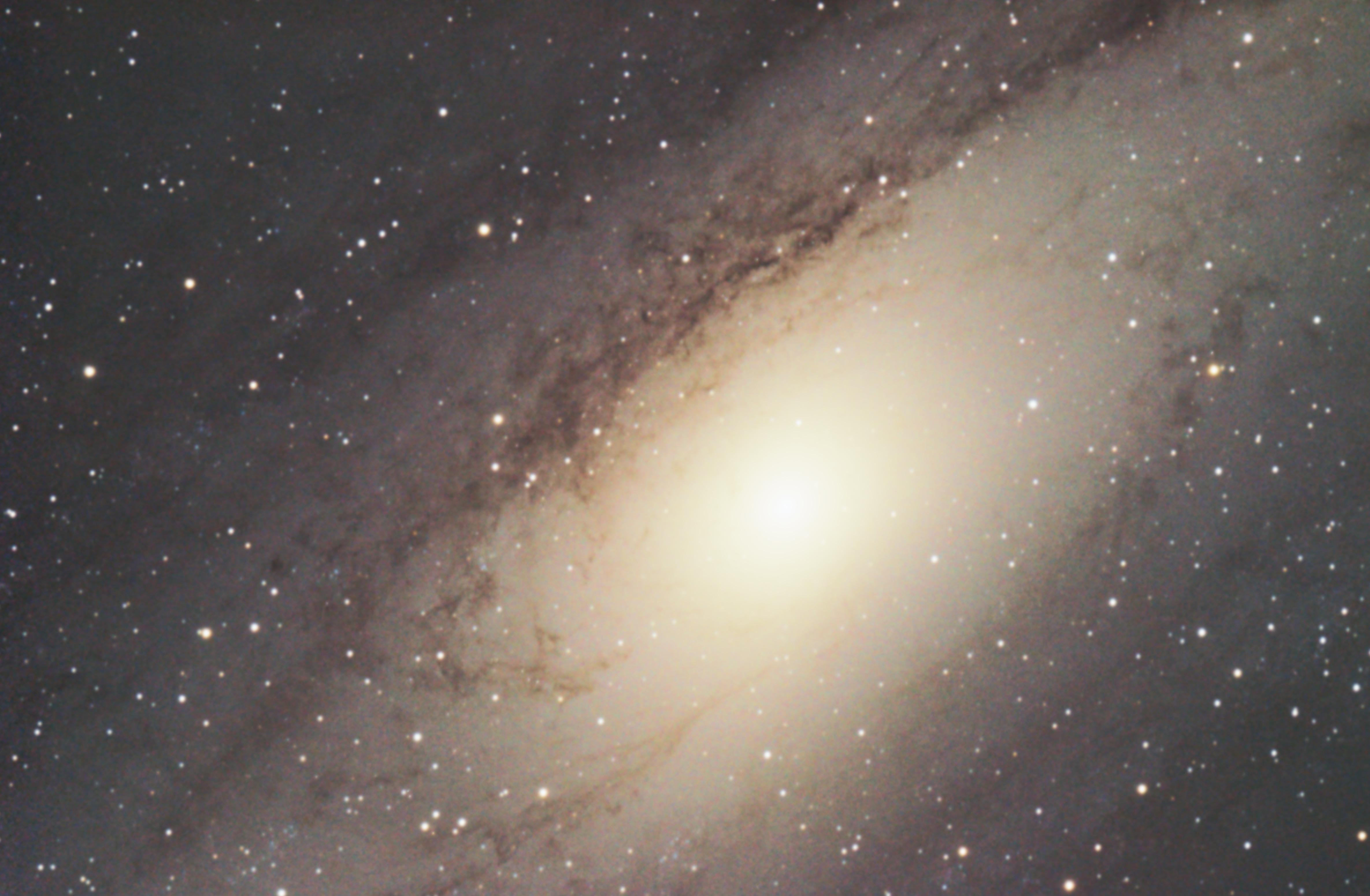
M33 - Triangulum Galaxy
M33 is a spiral galaxy in the constellation of Triangulum.
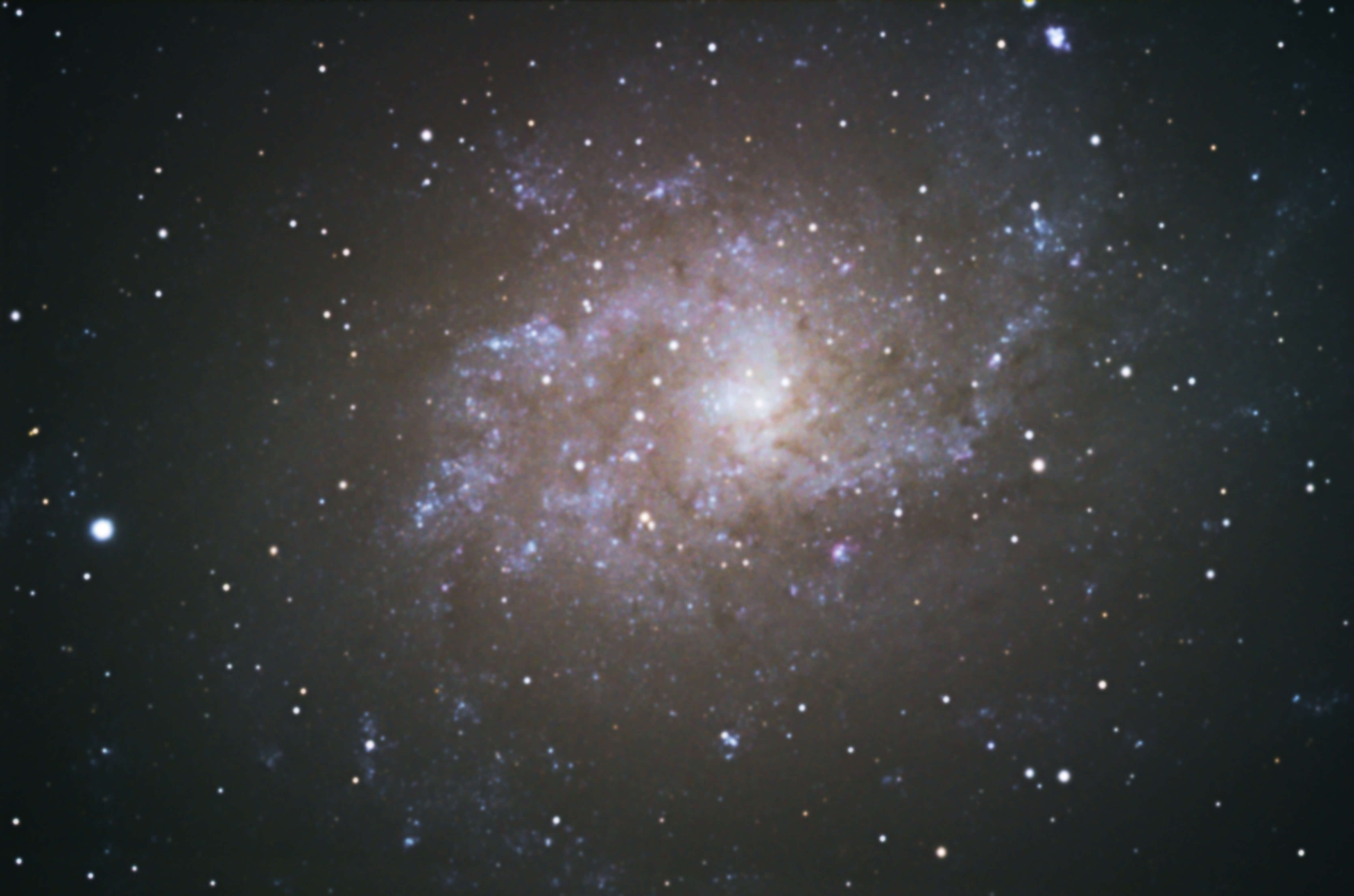
M51 - Whirlpool Galaxy
M51 is a spiral galaxy in the constellation Canes Venatici. It is accompanied by a smaller, irregular galaxy which we can see on the left on one of the spiral arms.
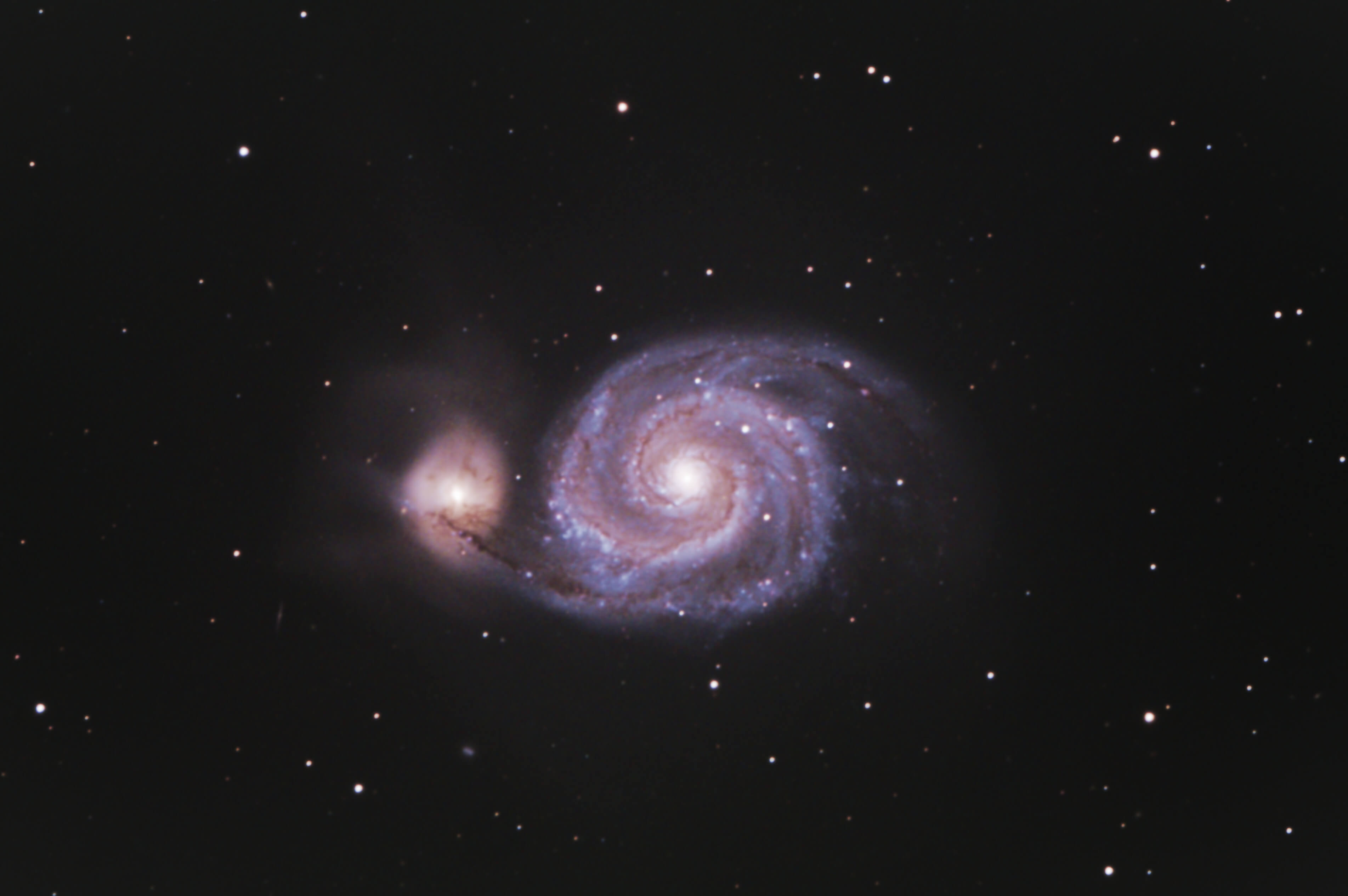
Supernova SN 2020 jfo in the Galaxy M61
On the 6th of Mai 2020, researchers of the ZTF discovered a new supernova in the galaxy M61. Since then, amateur astronomers from around the world have observed and imaged the stellar explosion. I also had my shot at it. It is remarkable, how bright the supernova is: it looks like a star of our own galaxy (all the stars we can individually see are part of our galaxy), while being in a different galaxy, 52 million light-years away. During a short period of time (a few days), a supernova can put out comparable amounts of power as the entire galaxy to which it belongs!
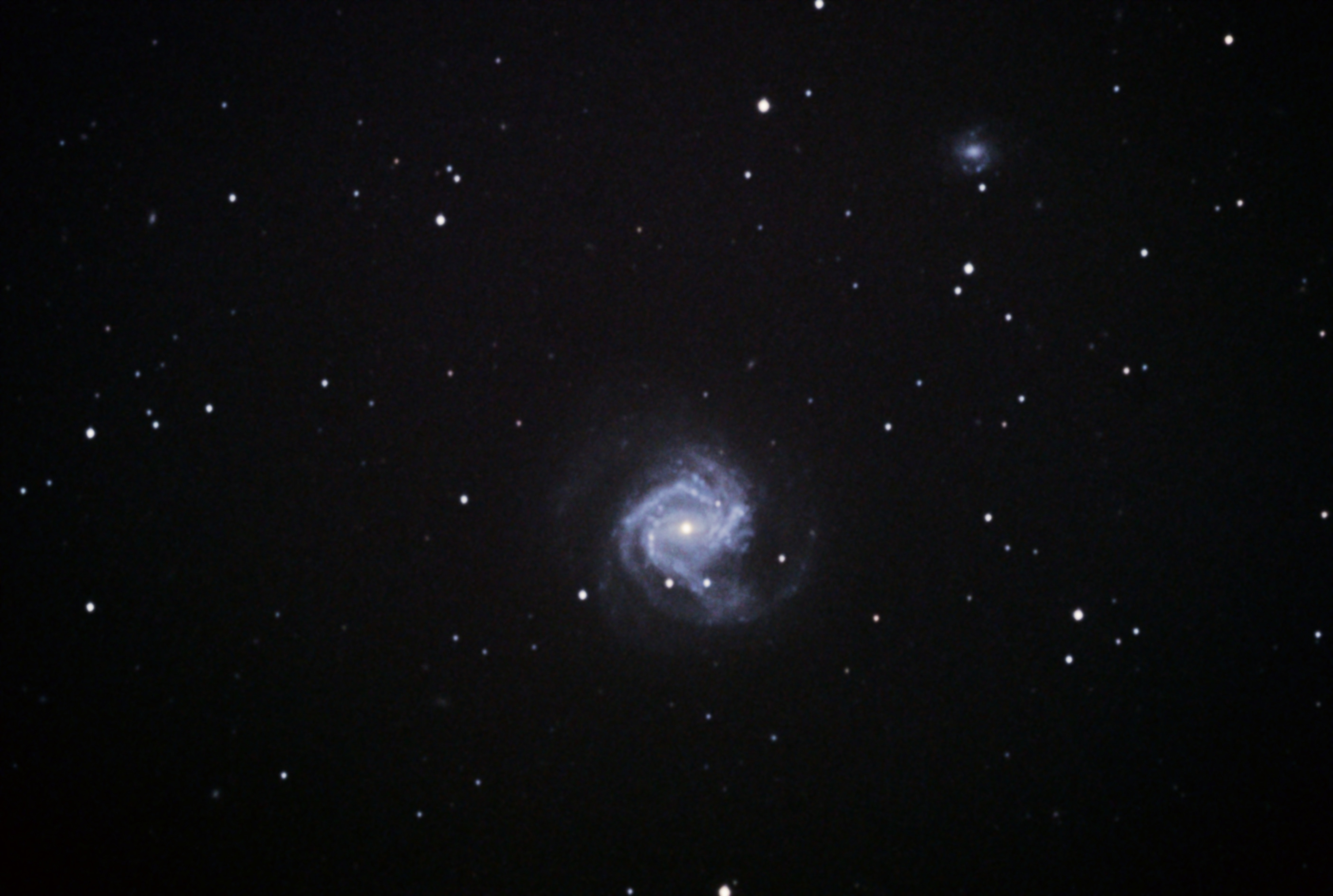
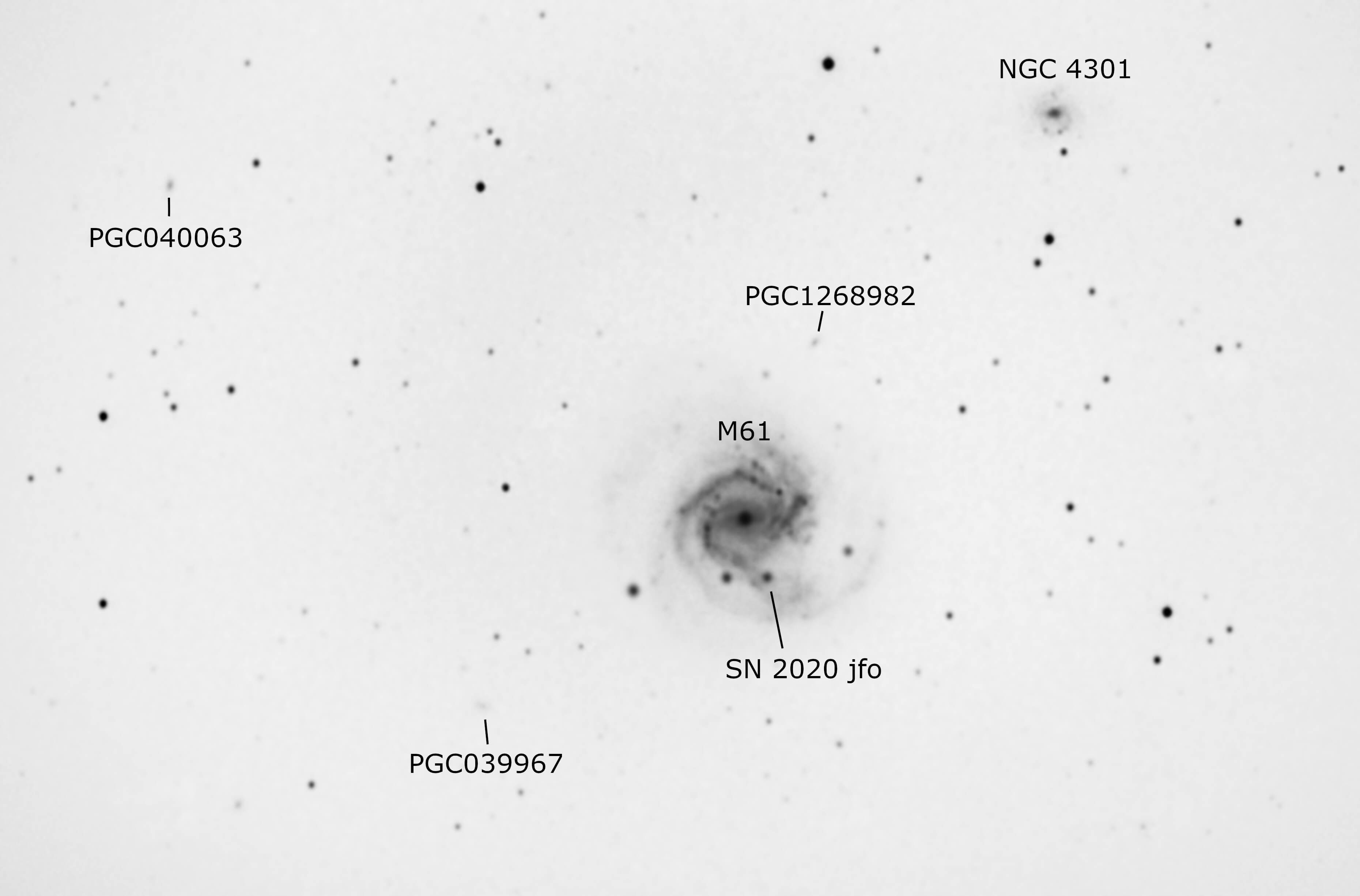
M81 - Bode's Galaxy
M81 is a galaxy in the constellation Ursa Major. It is named after its discoverer, Johann Bode. Bode’s galaxy is relatively dark, which is why I combined two imaging sessions into one final image.
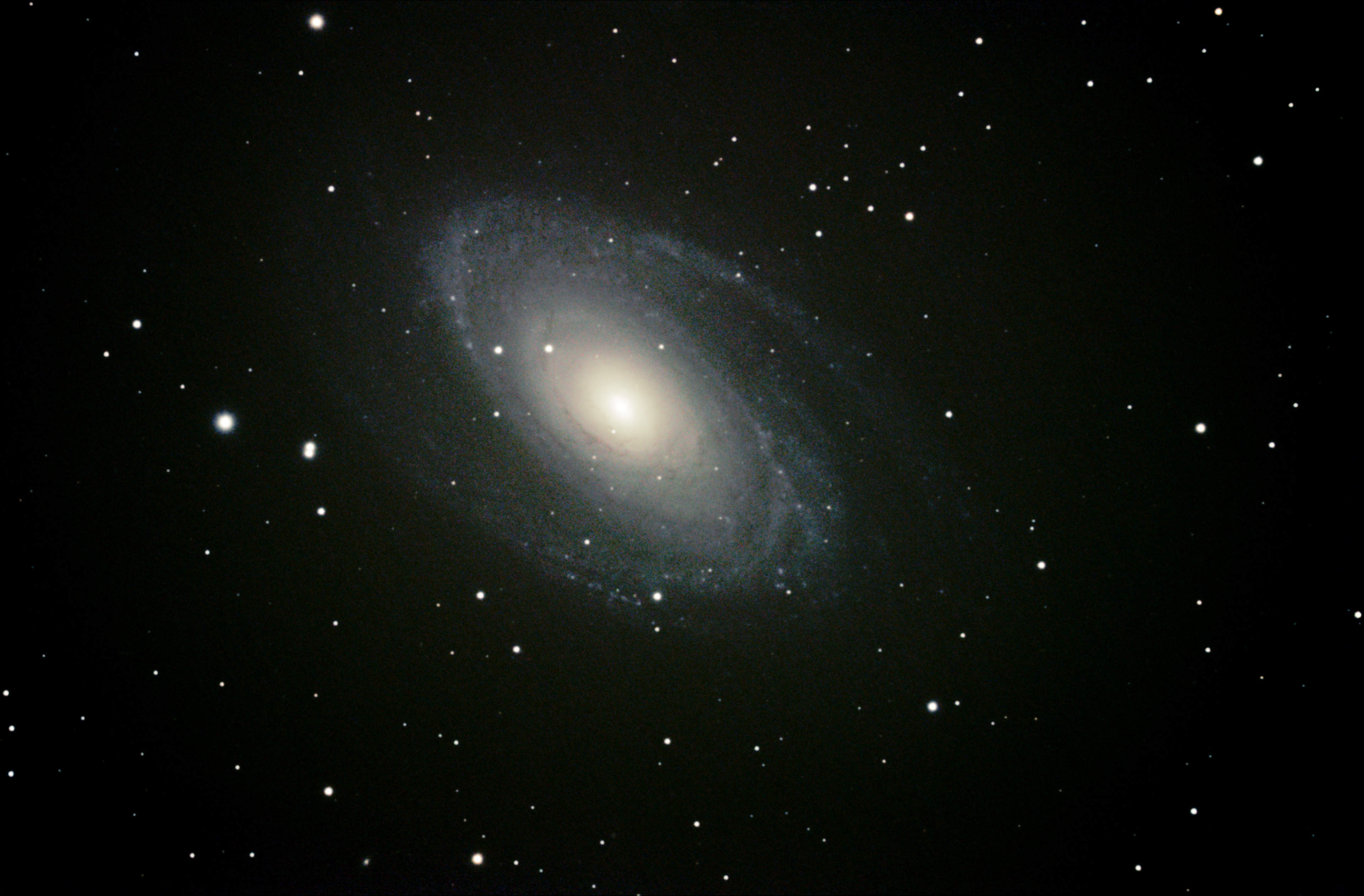
M82 - Cigar Galaxy
The cigar galaxy is a spiral galaxy in the constellation Ursa Major. On the sky, it appears close to M81. We see M82 edge-on which is why it does not look like a spiral, but like a cigar. This is the third time I photographed this galaxy.
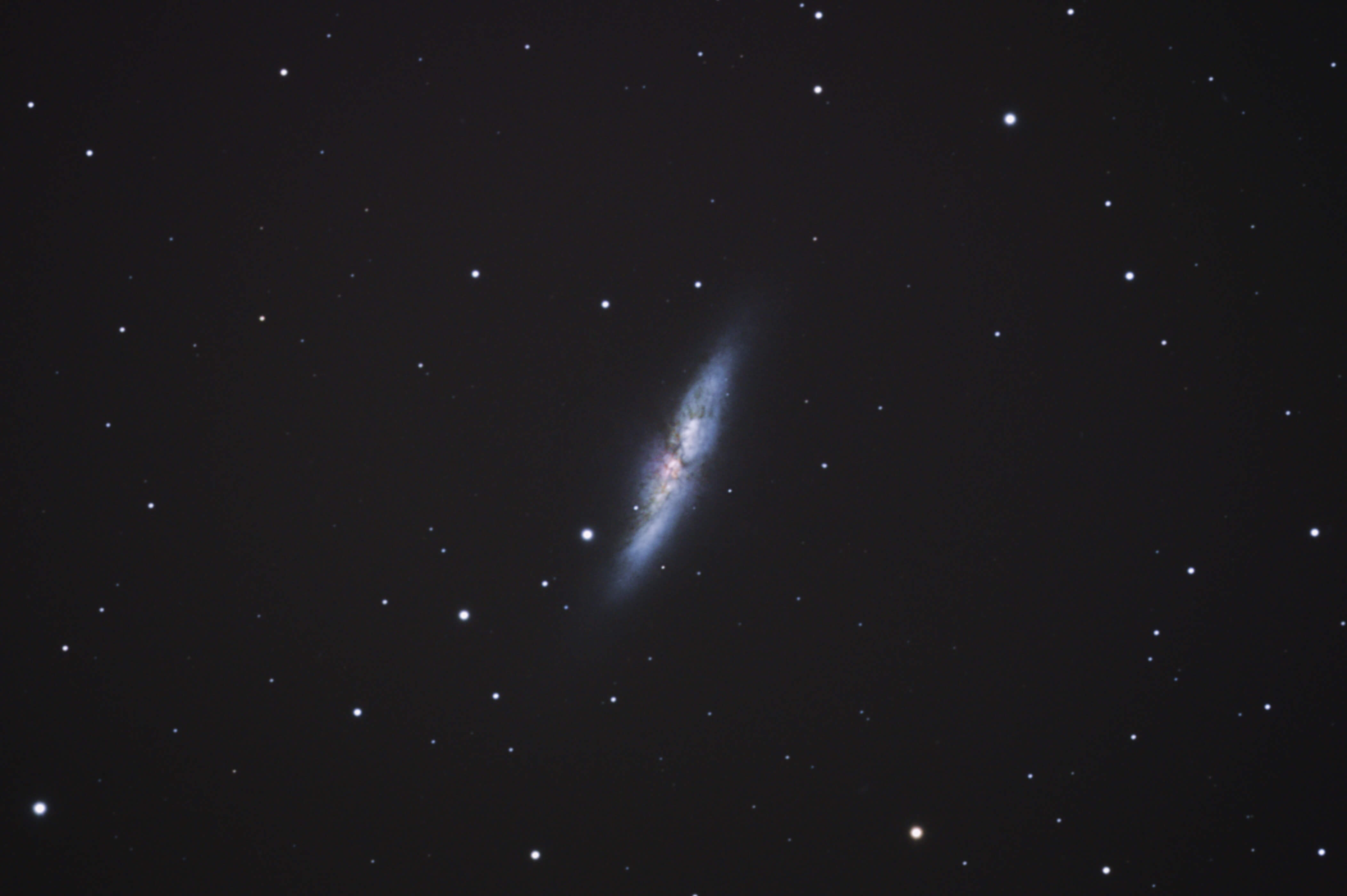
NGC3628 - Hamburger Galaxy
NGC3628 is one of the three galaxies in the Leo triplet. It is a spiral galaxy we see edge-on.
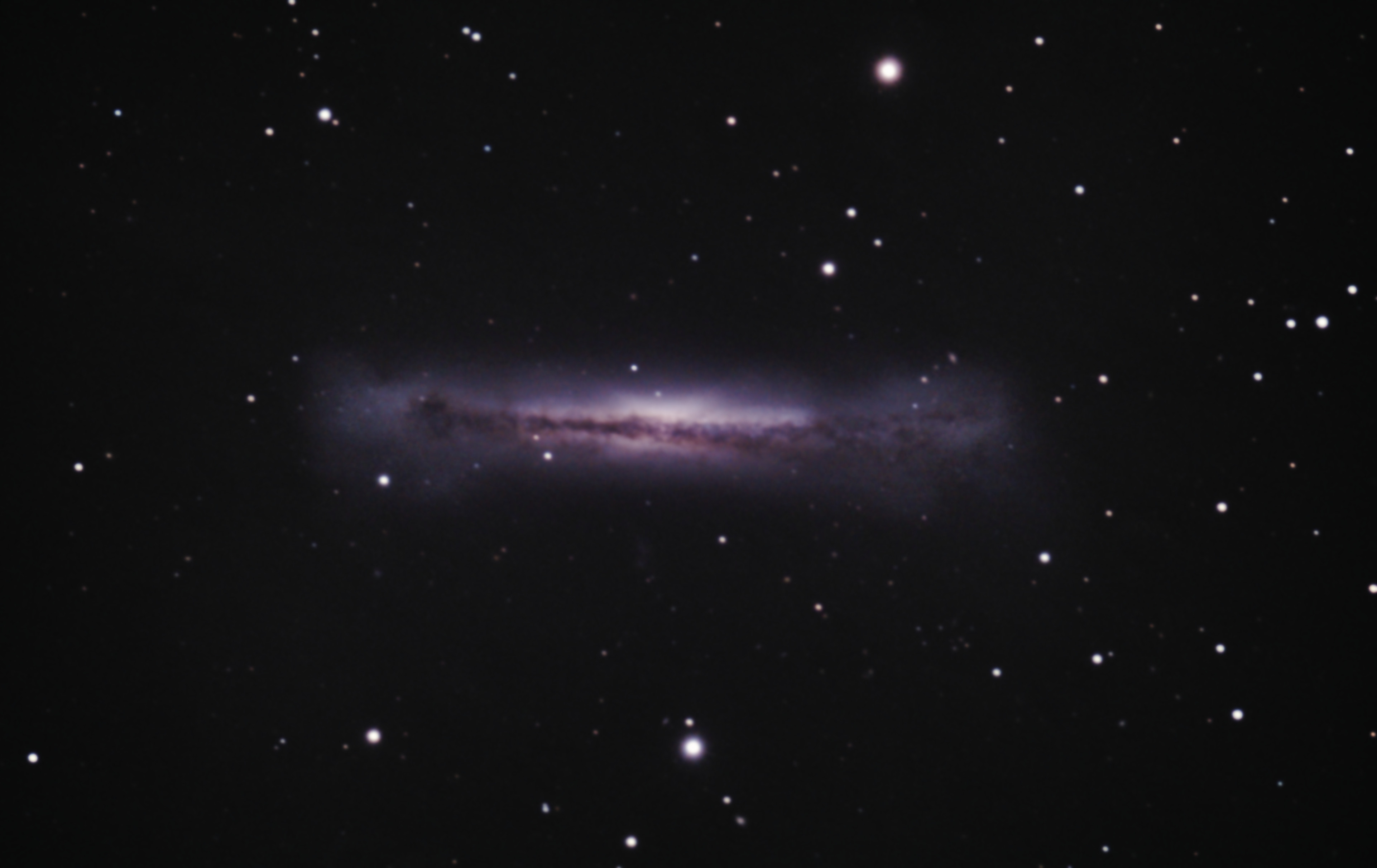
Copyright
If not stated otherwise, all content on this website (sebastiengarmier.ch/astrophoto) is protected by the CC BY-SA 4.0 license:
© Copyright 2017-2024 by Sébastien Garmier, sebastiengarmier.ch.